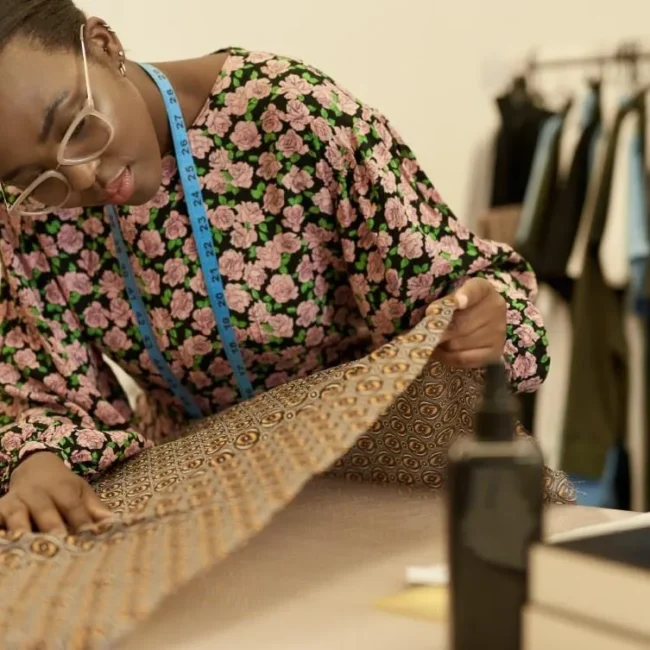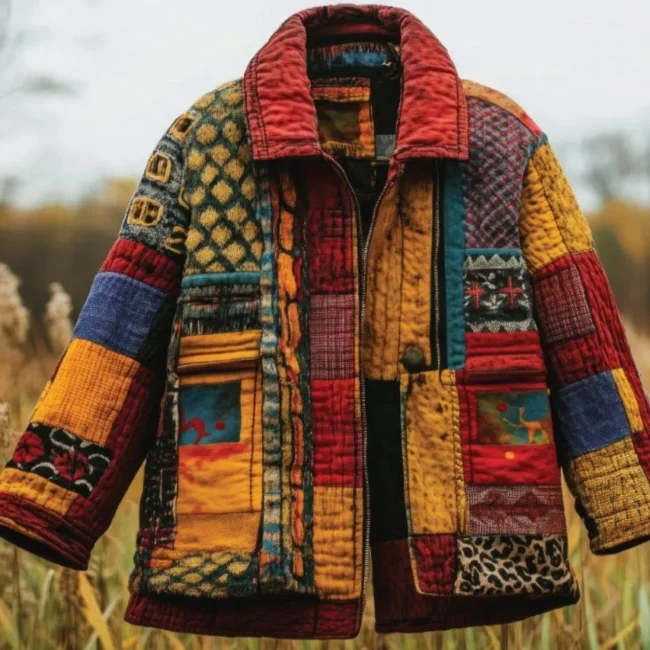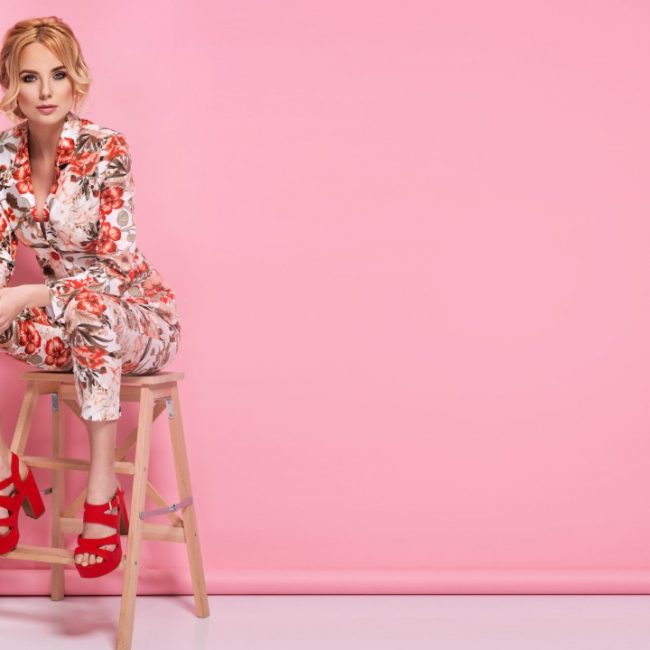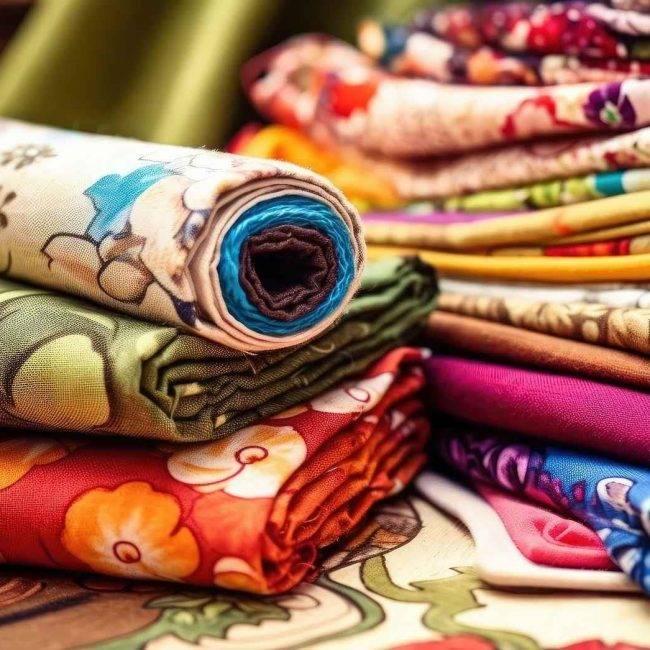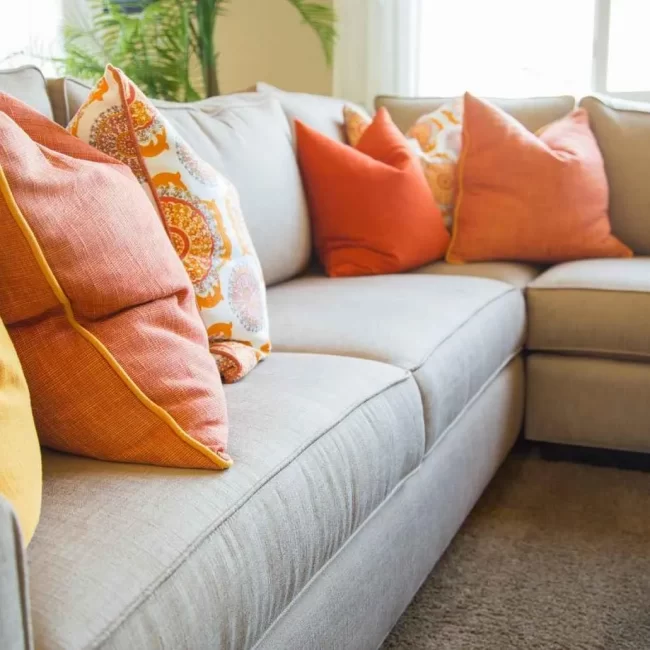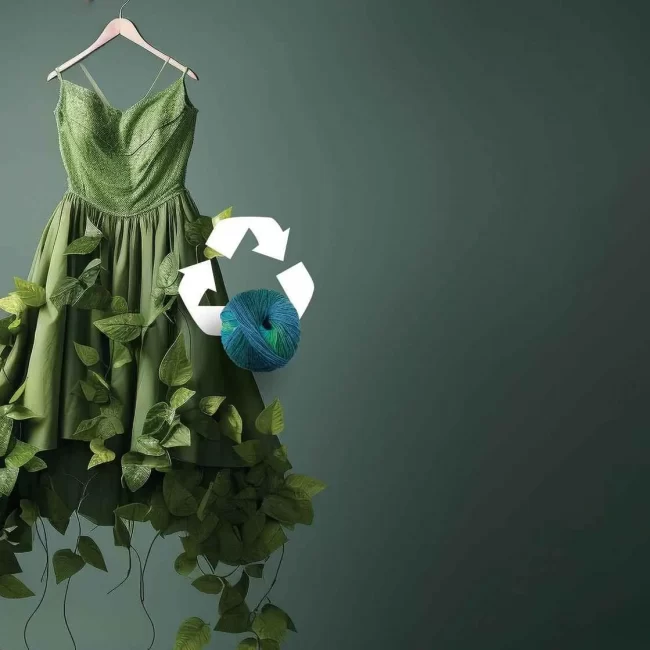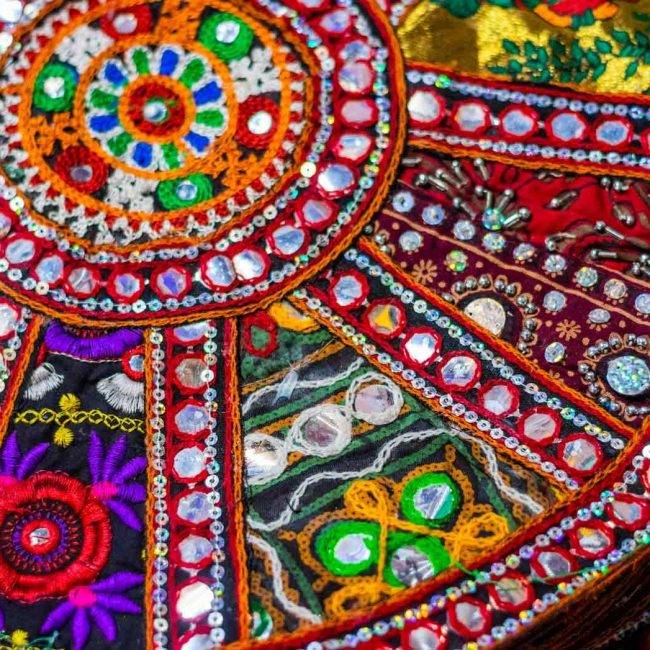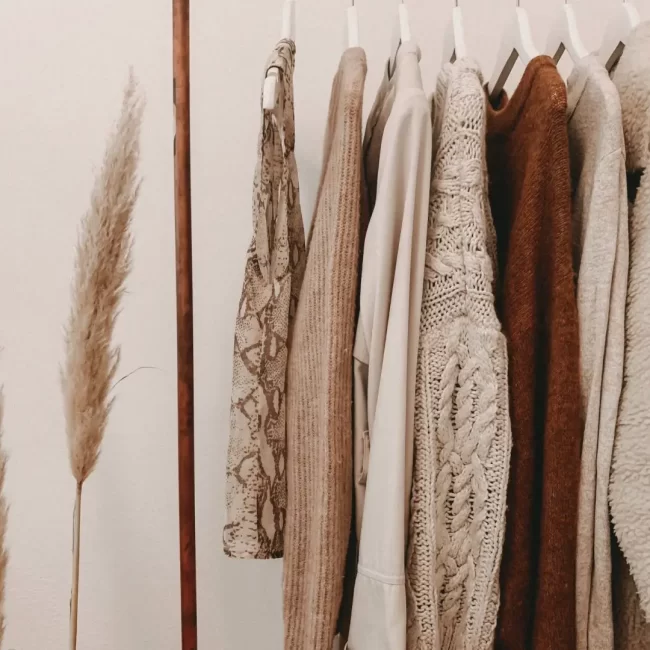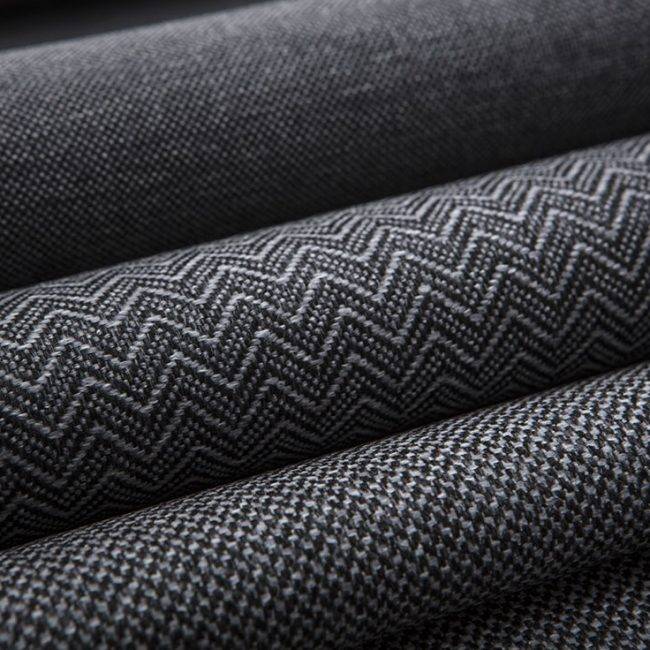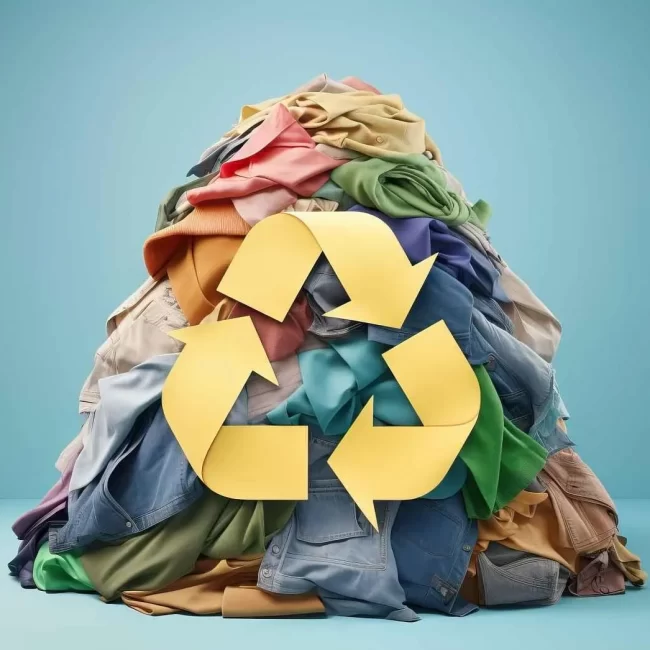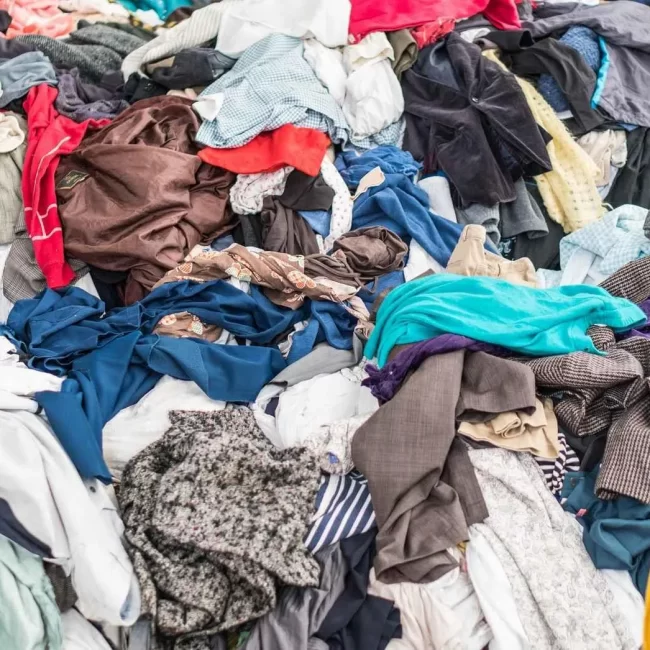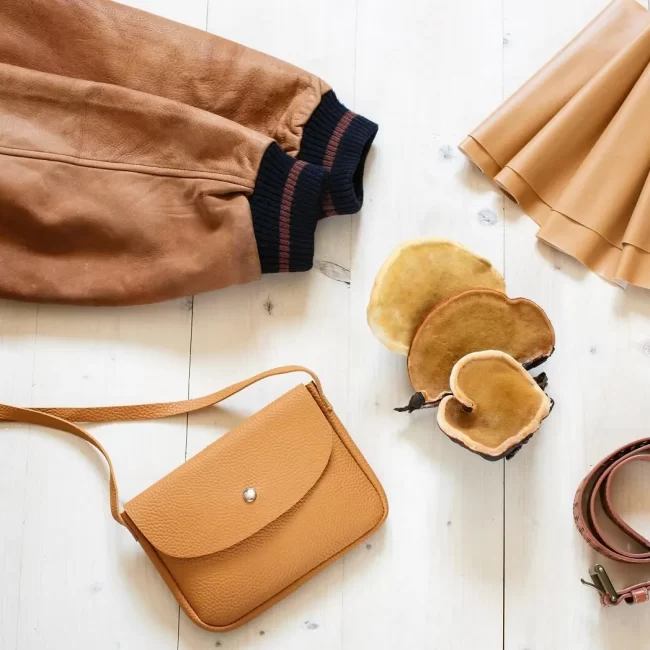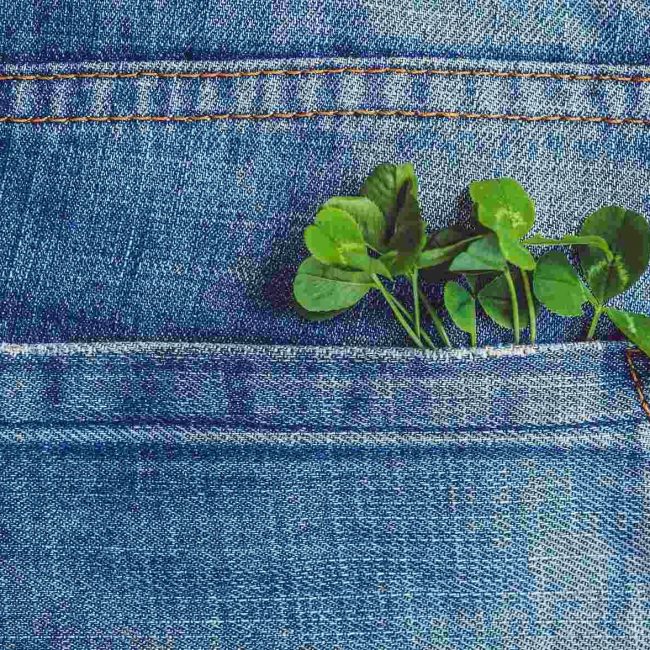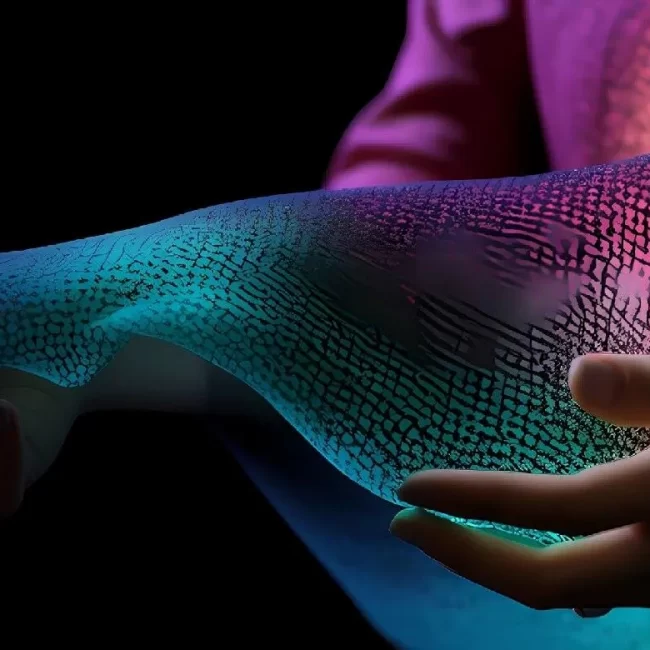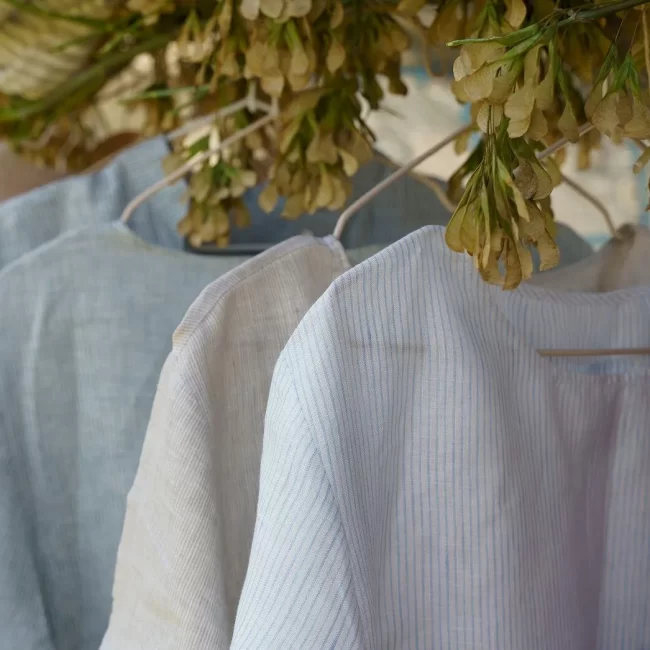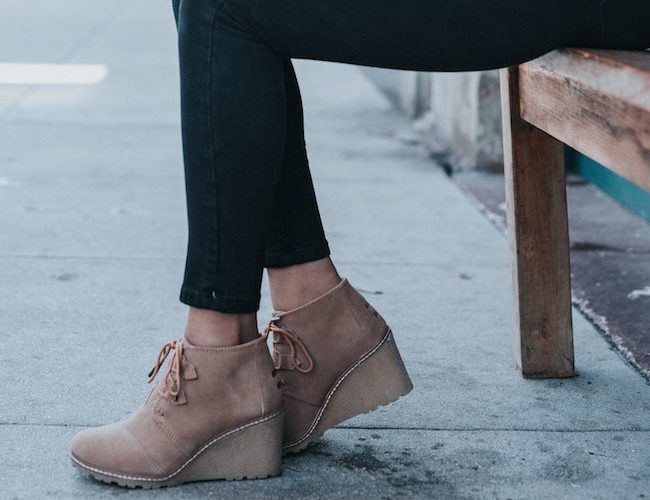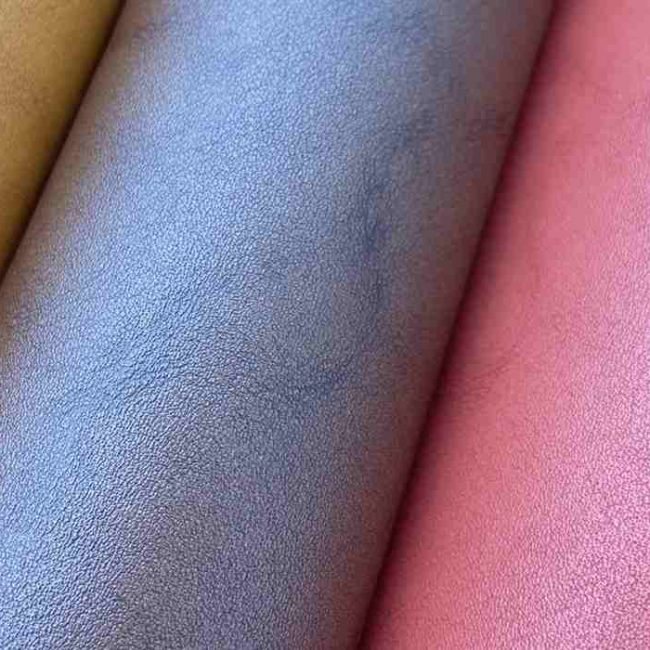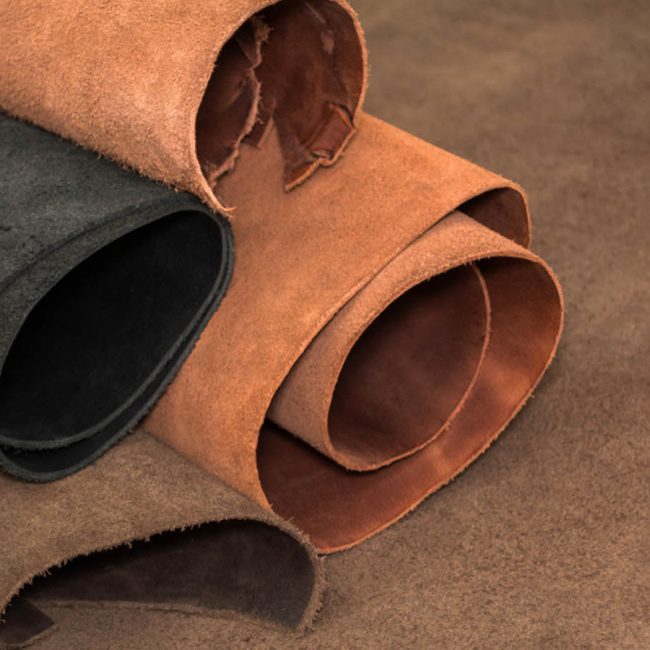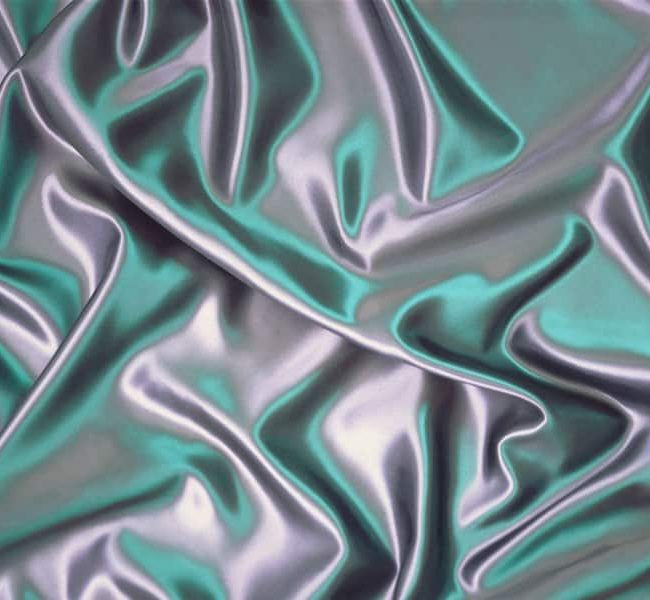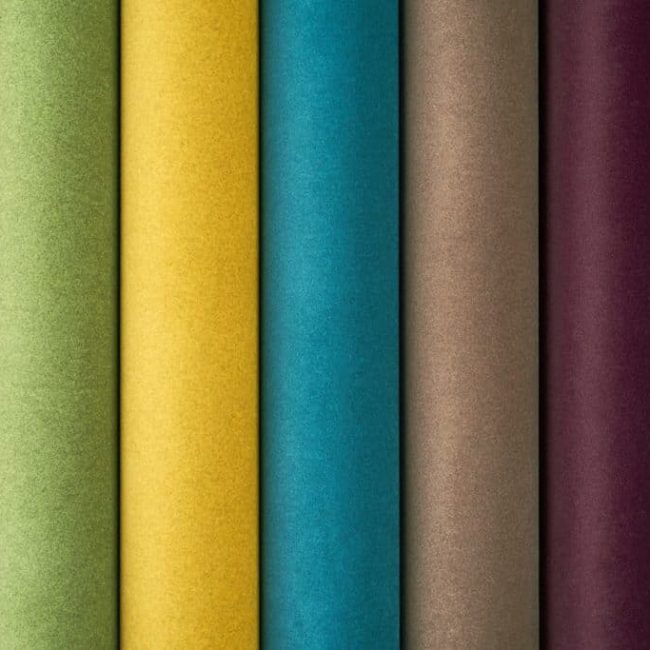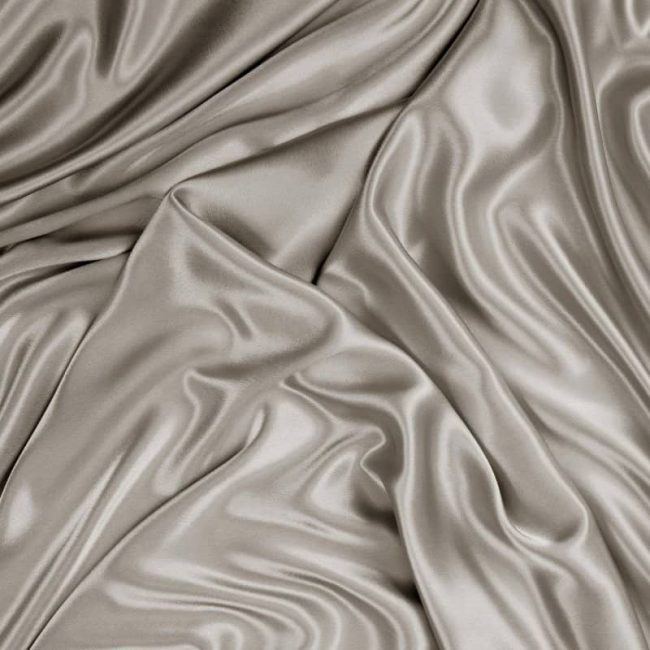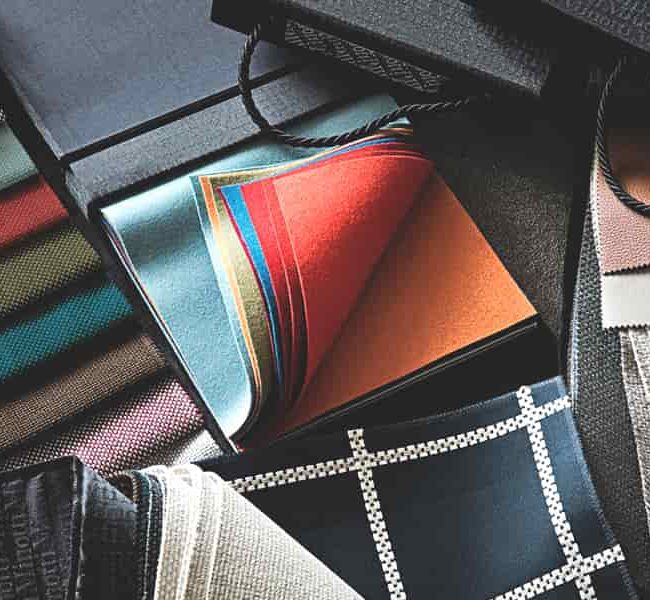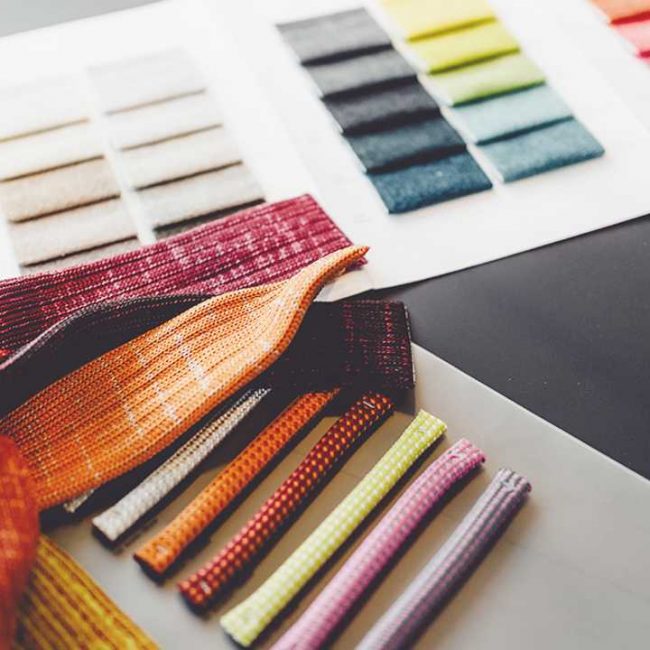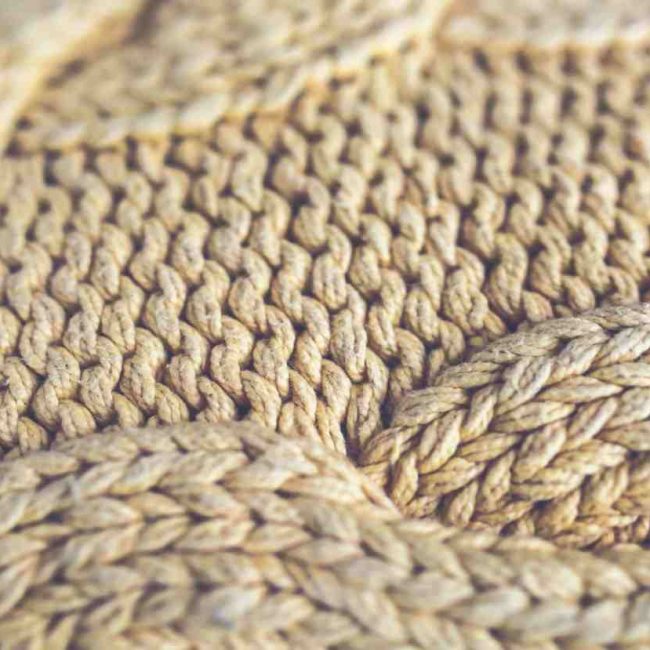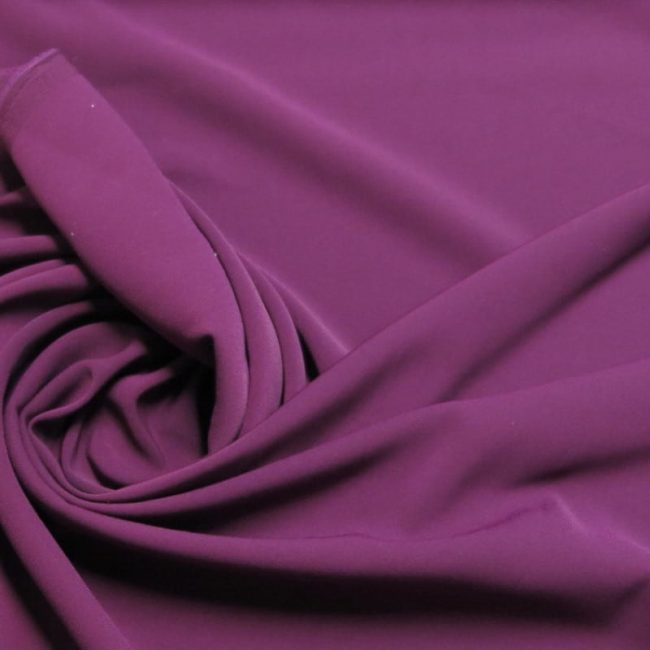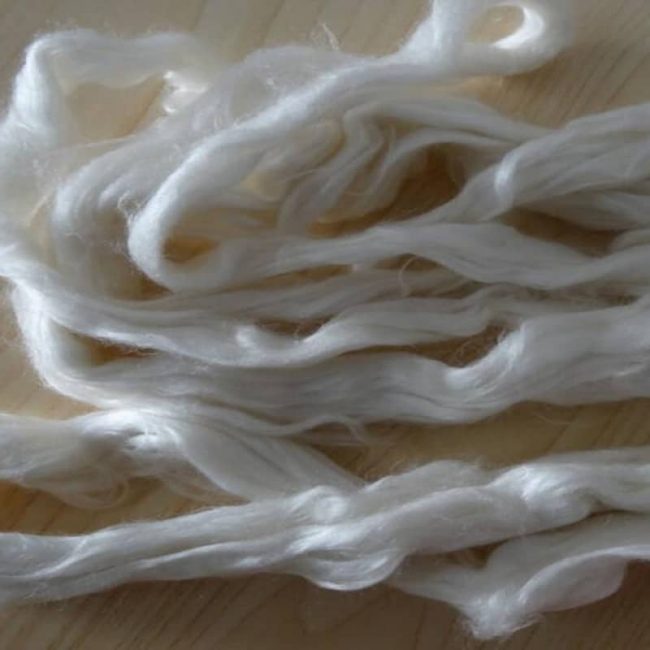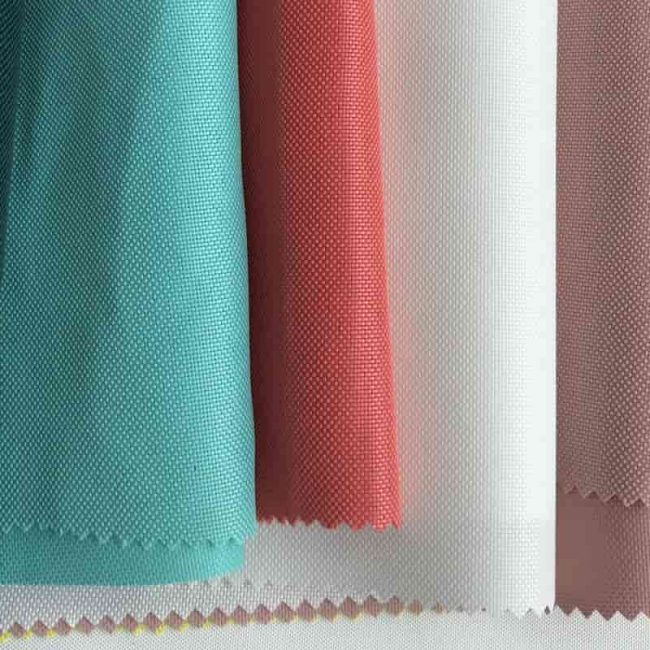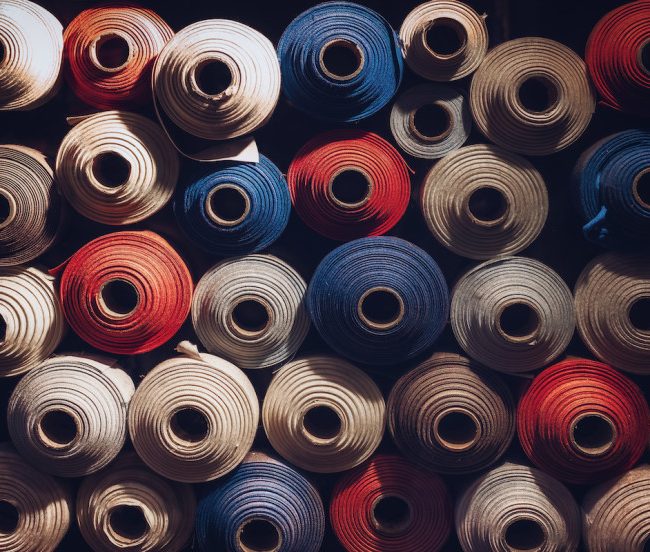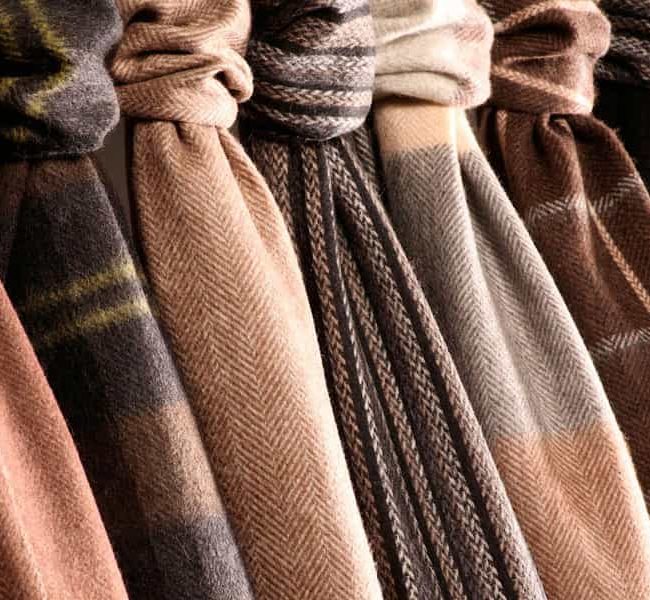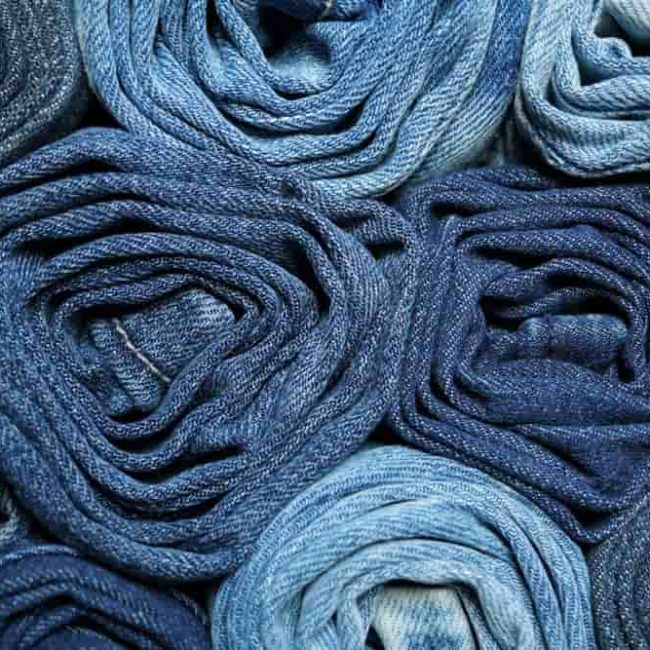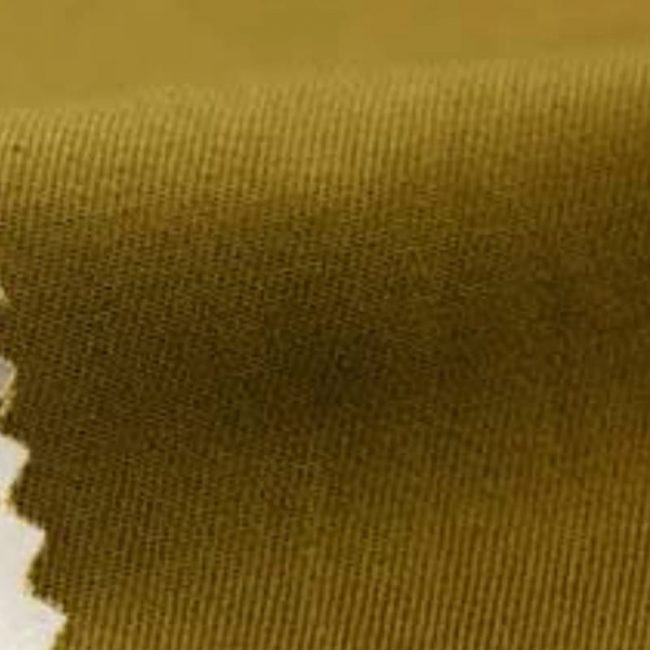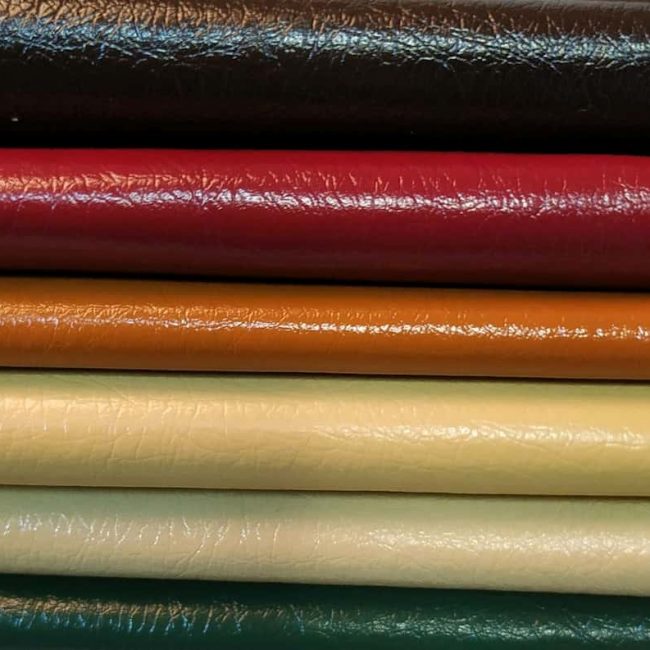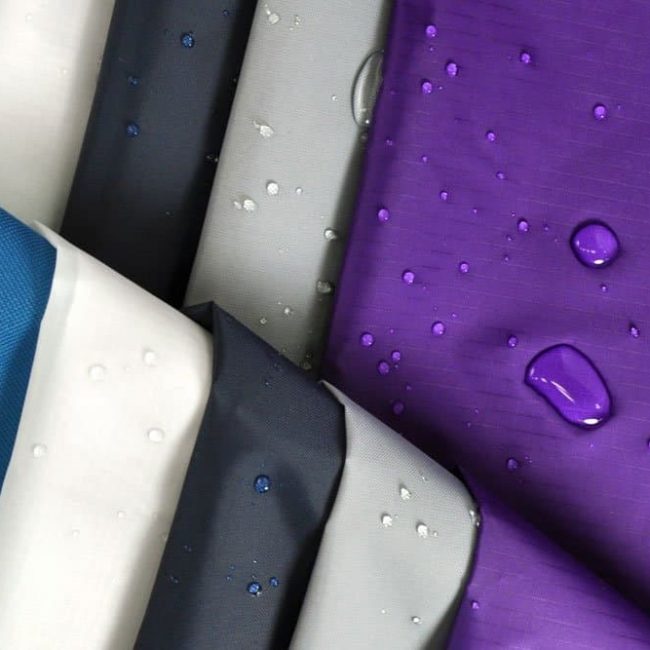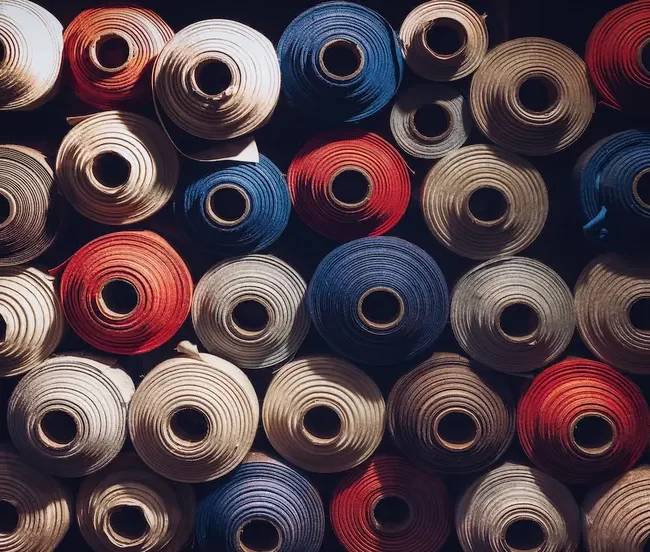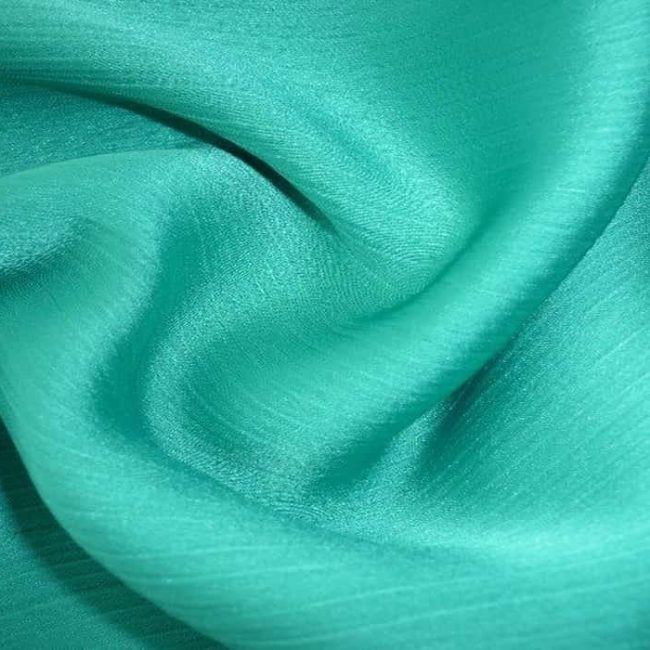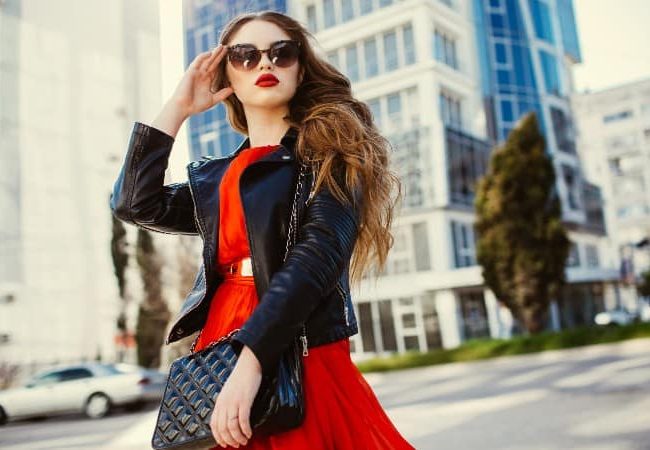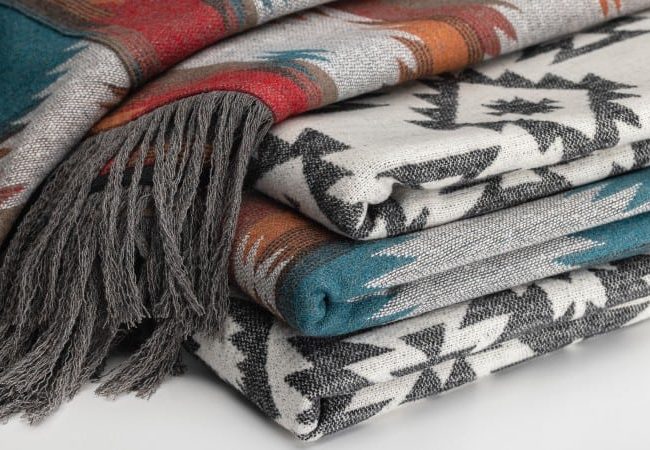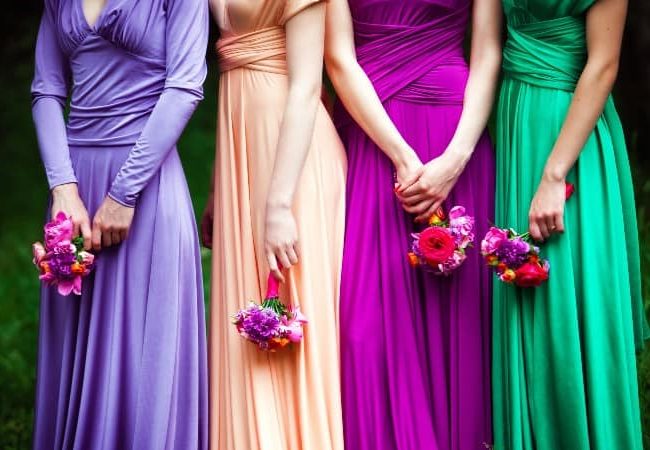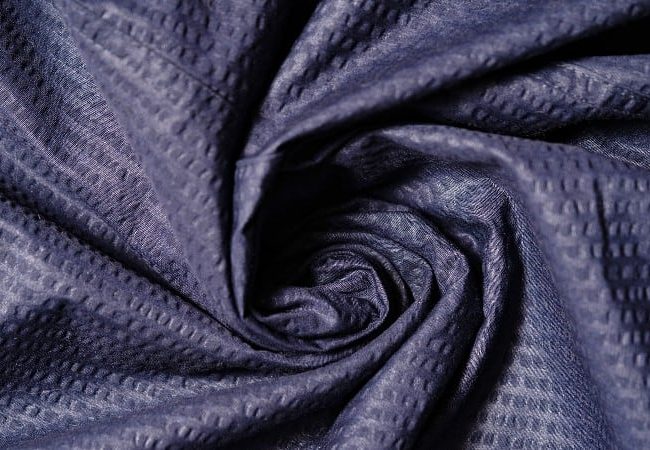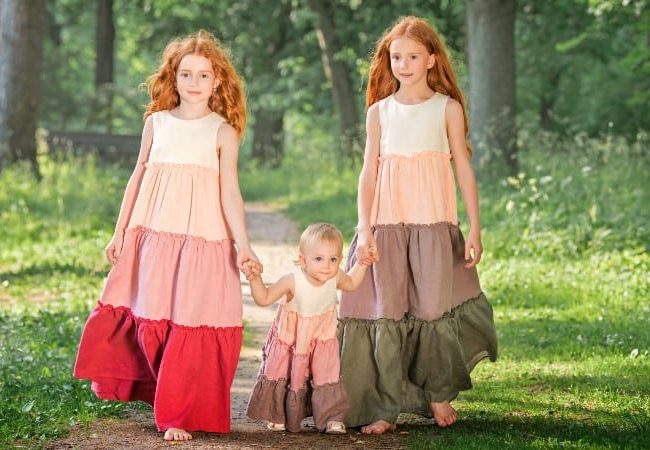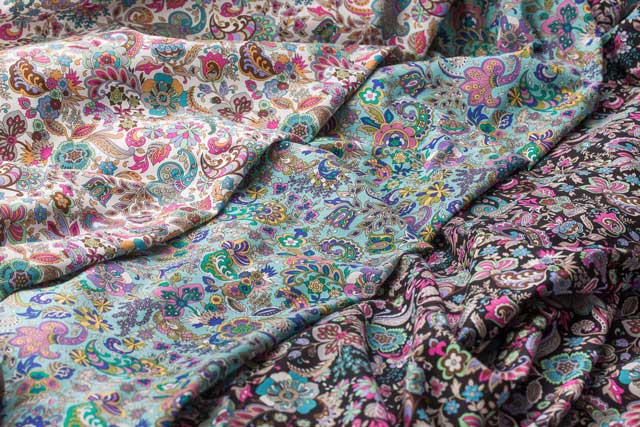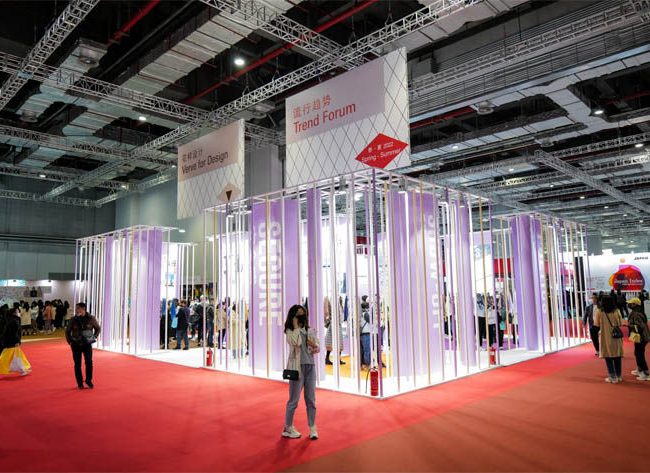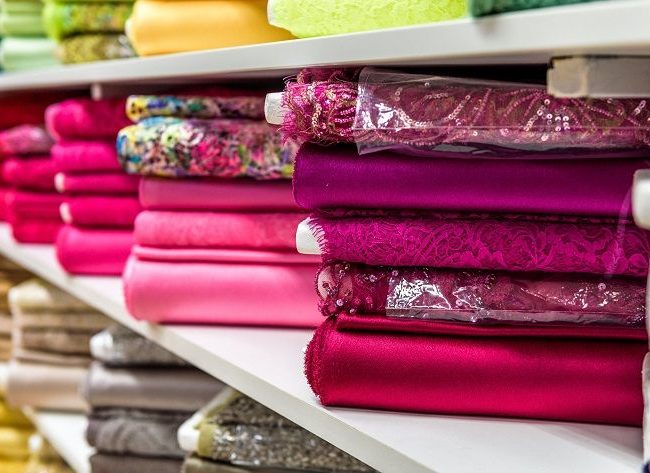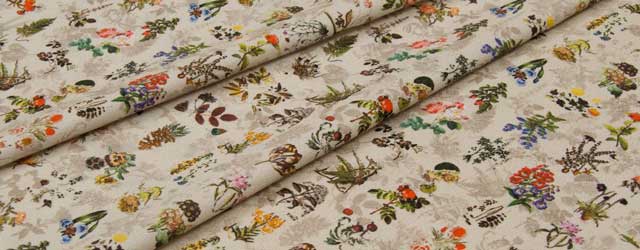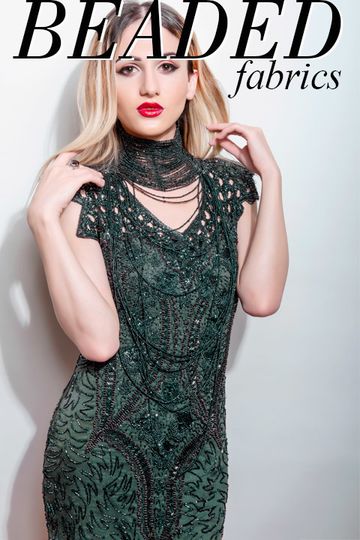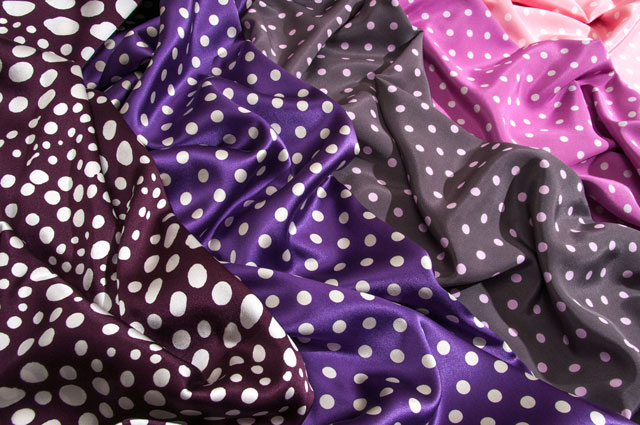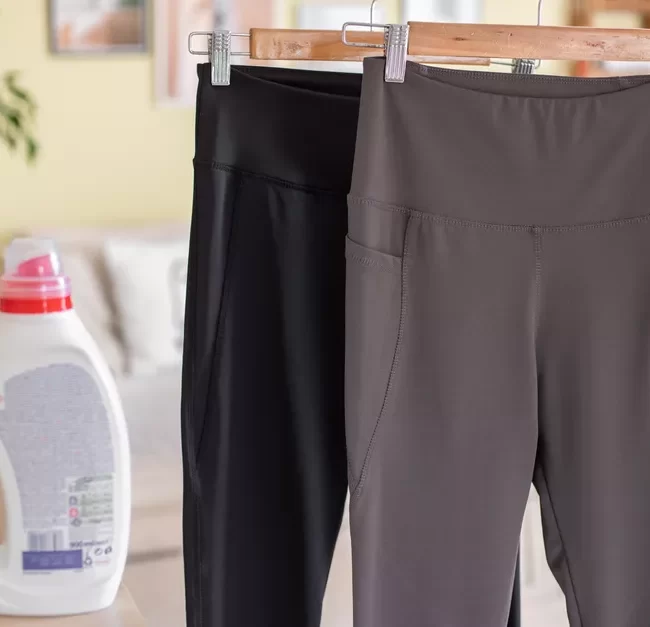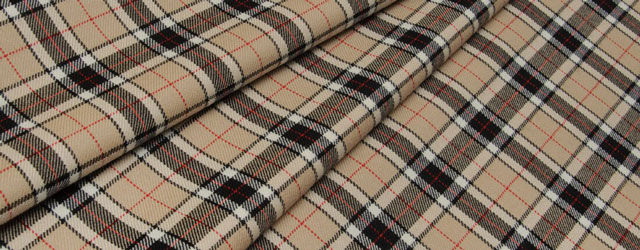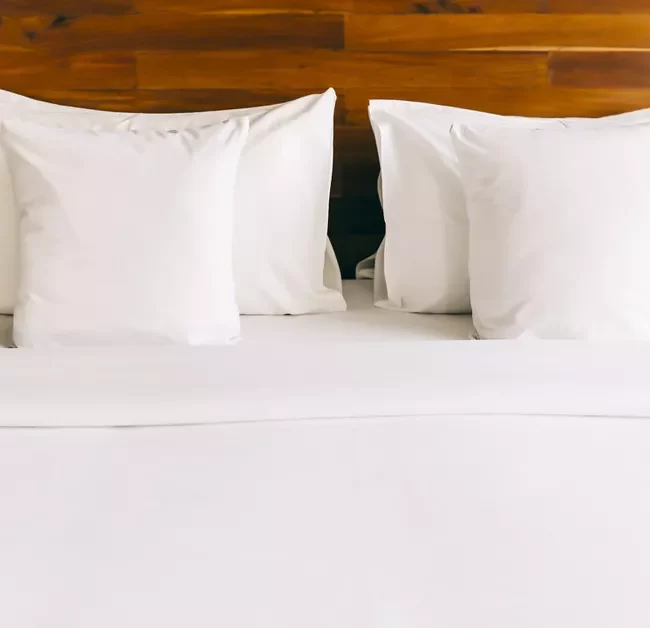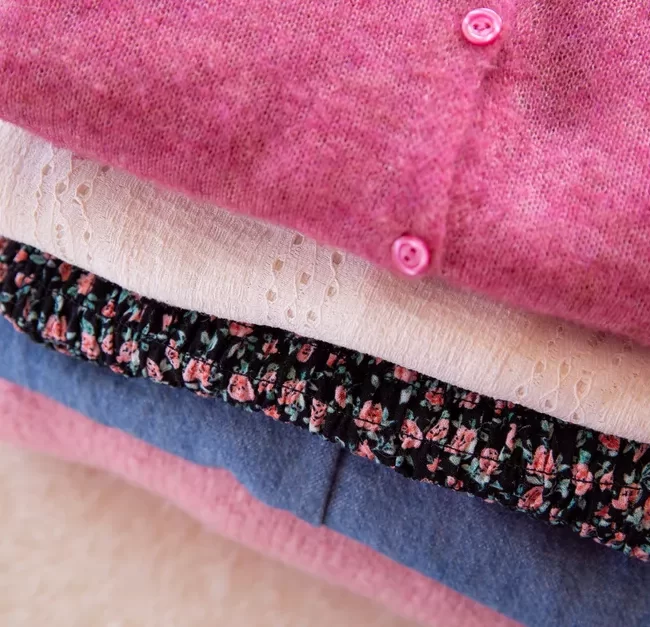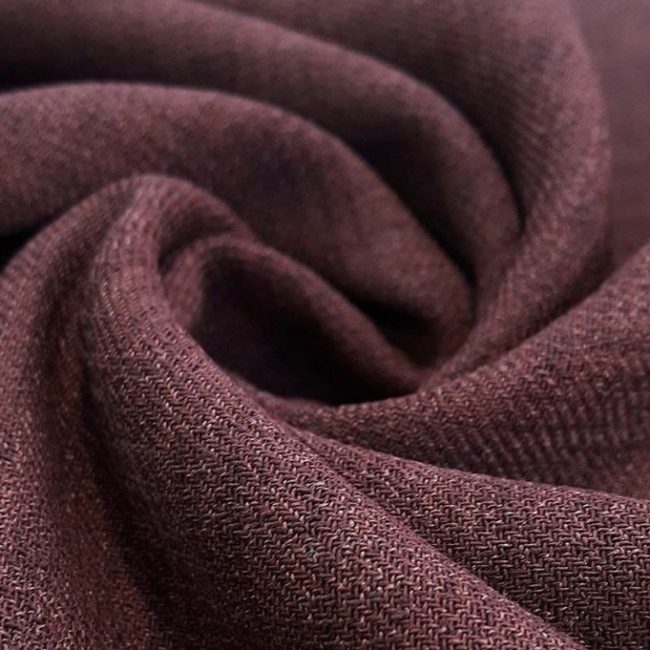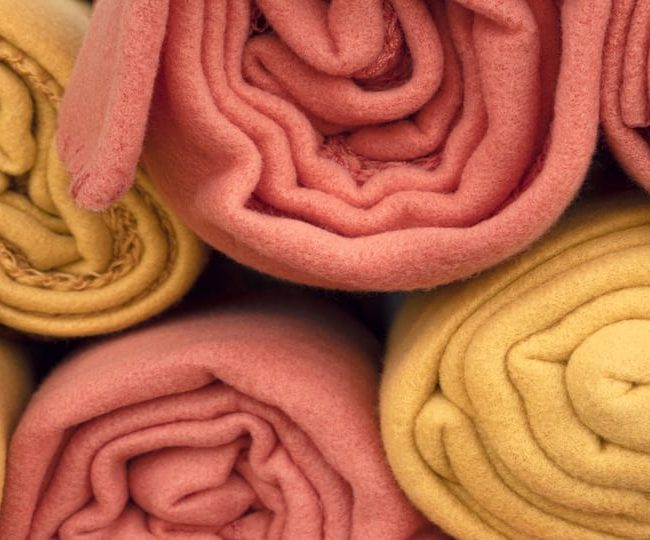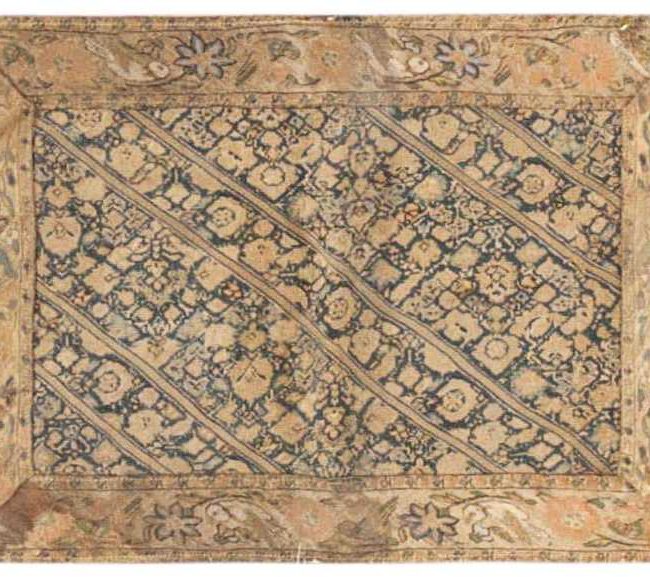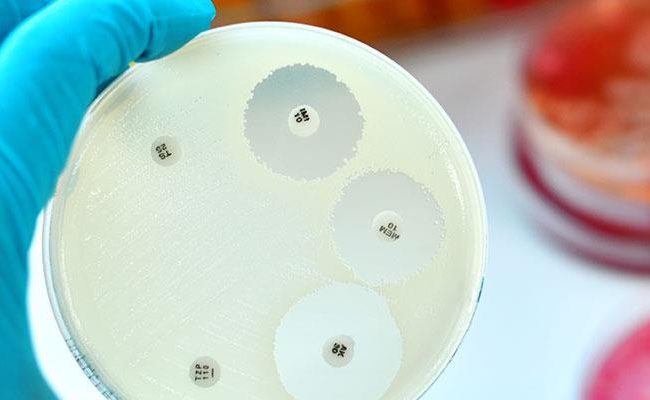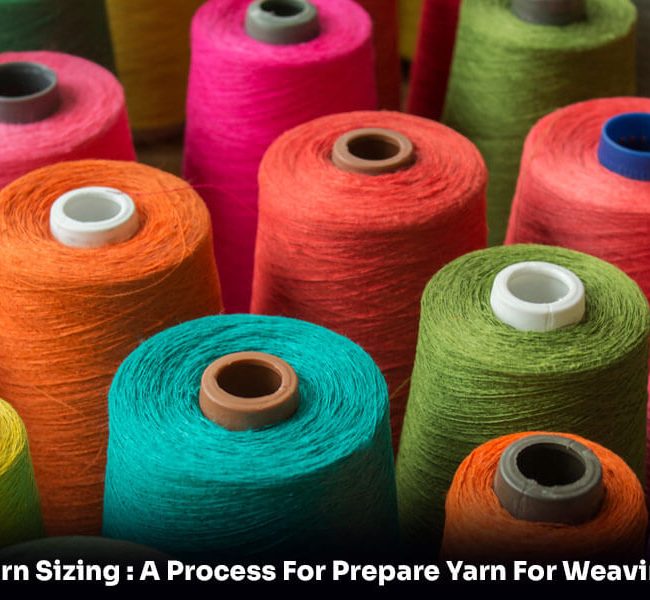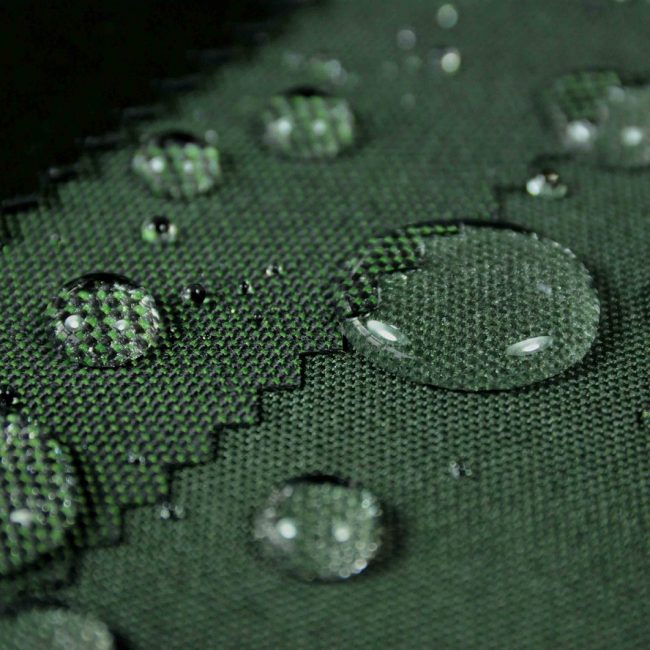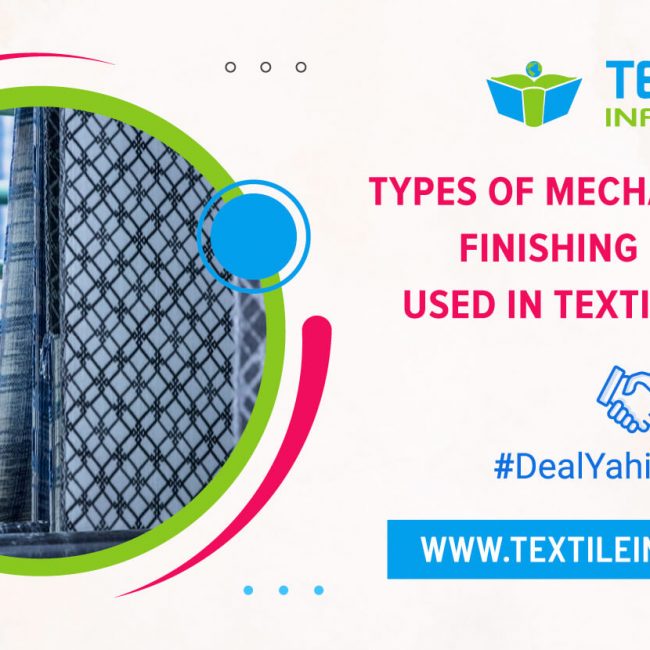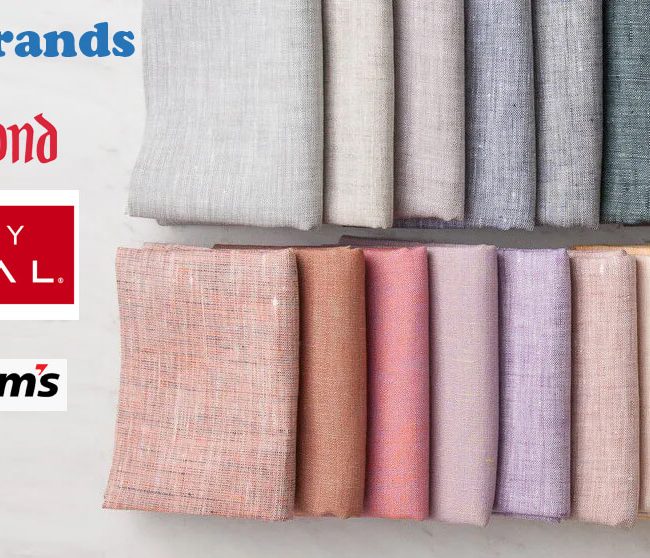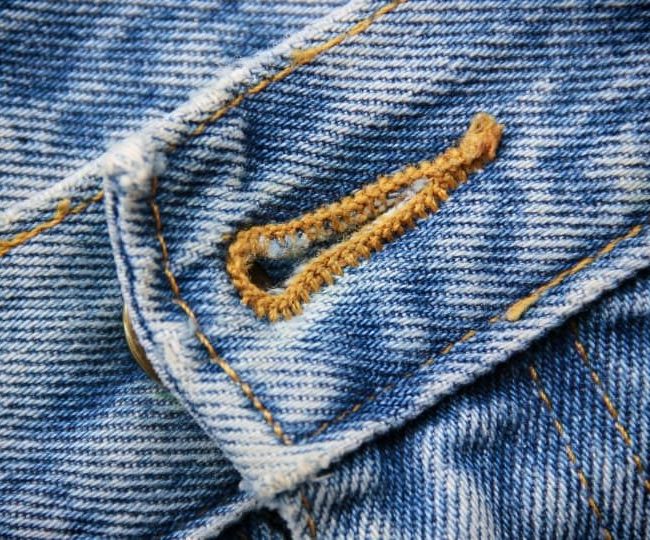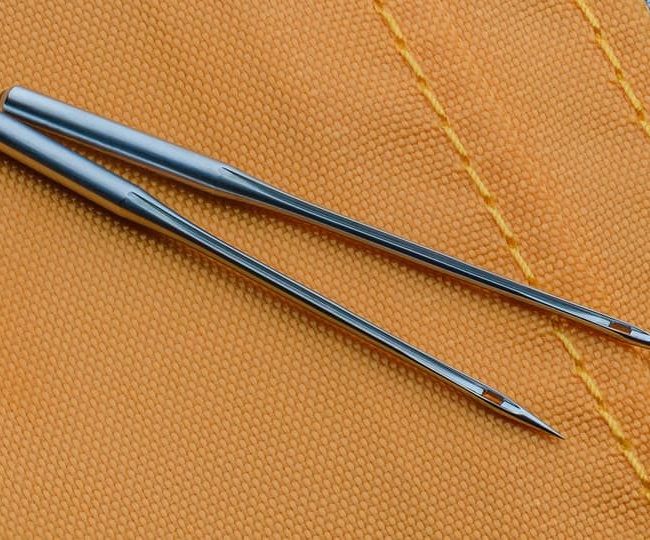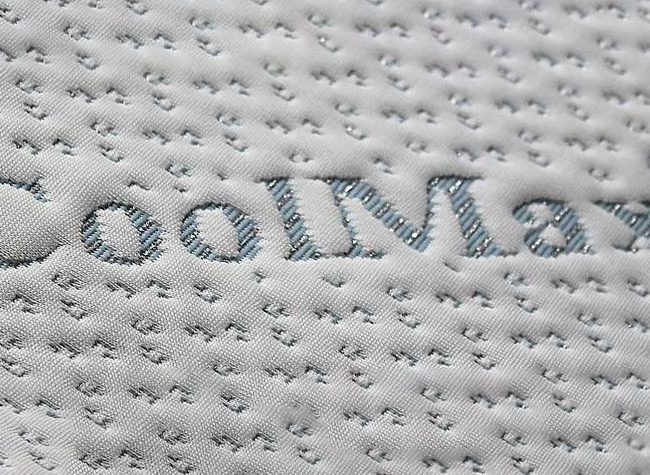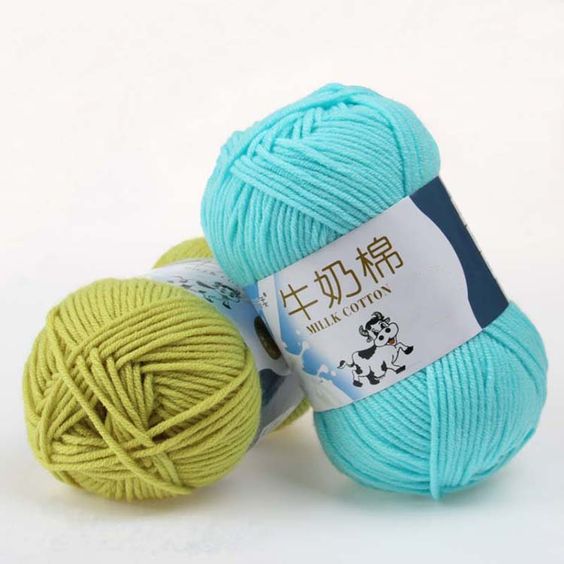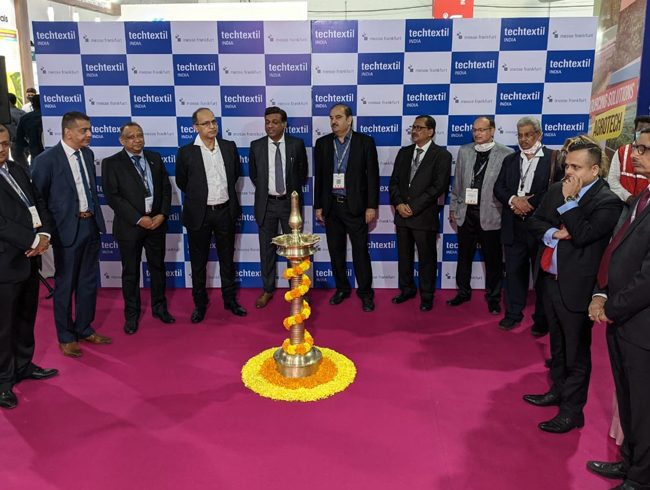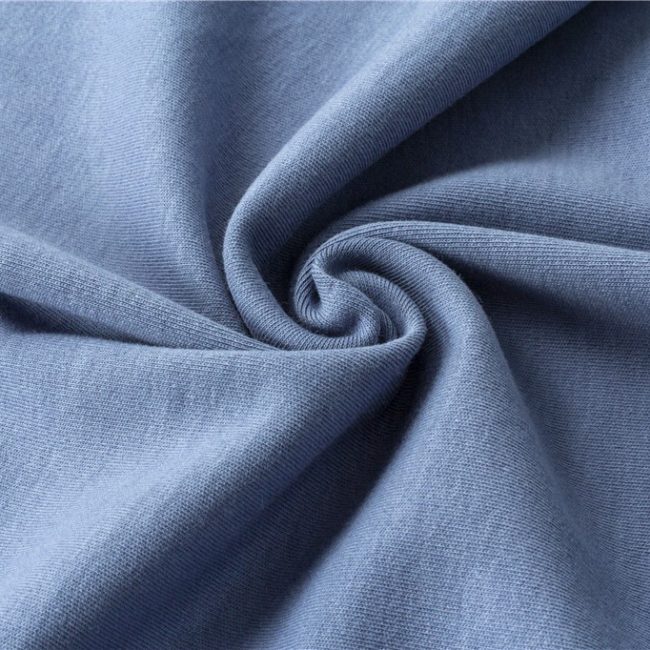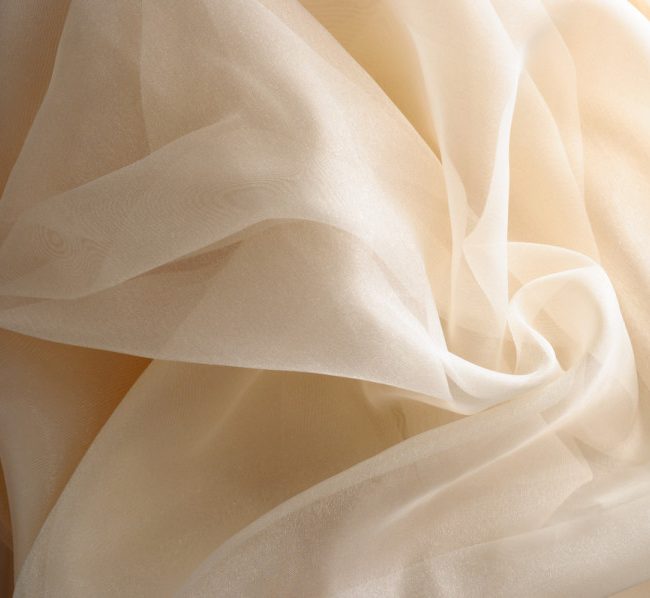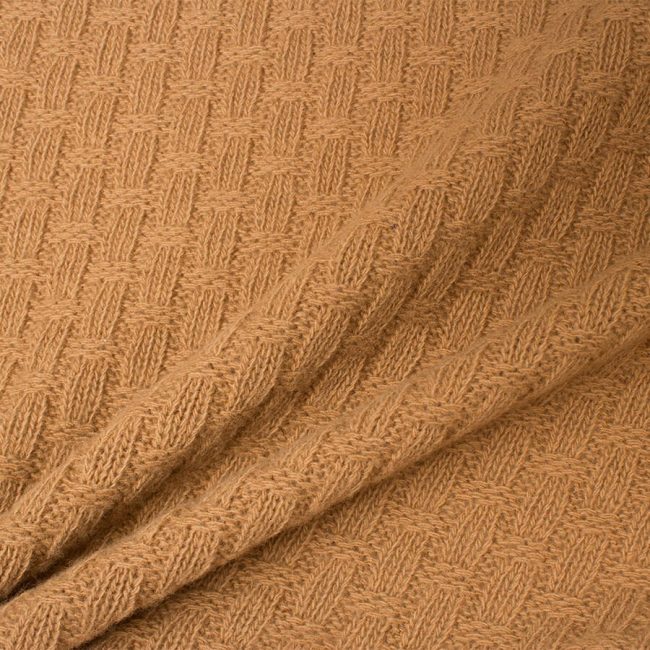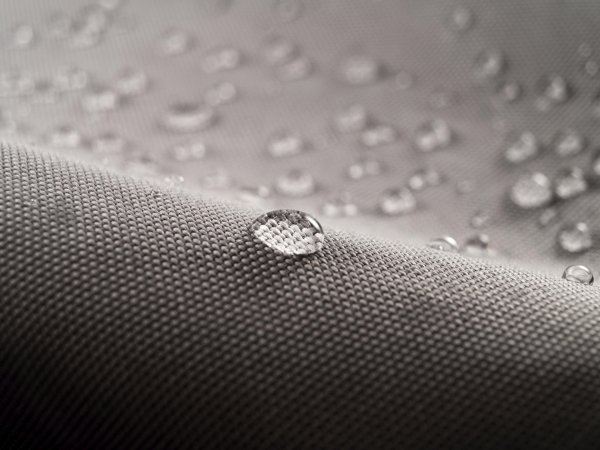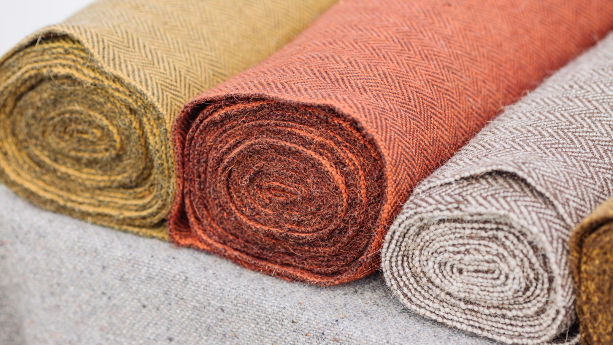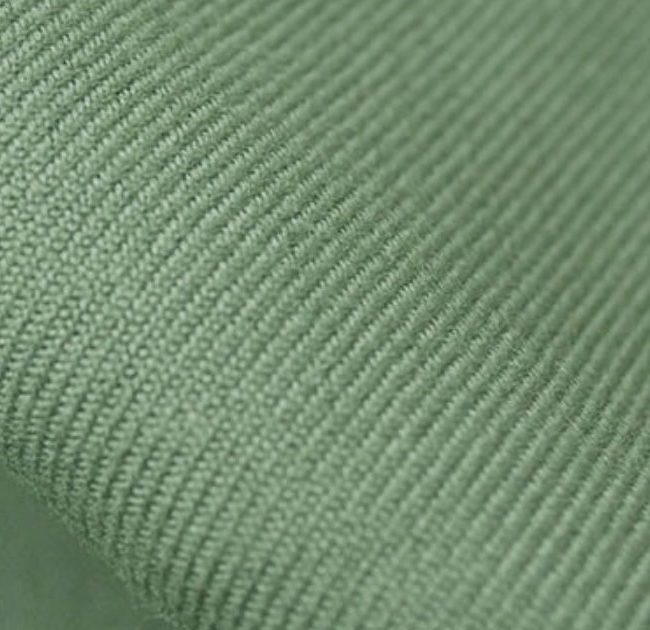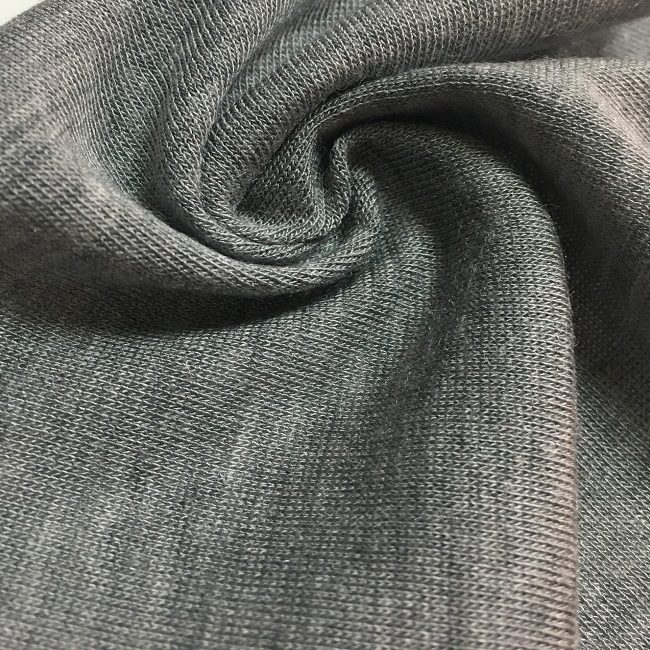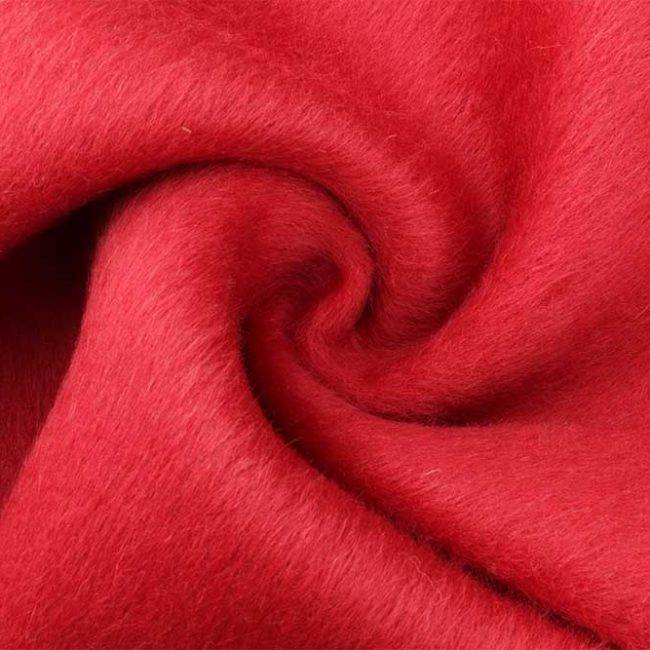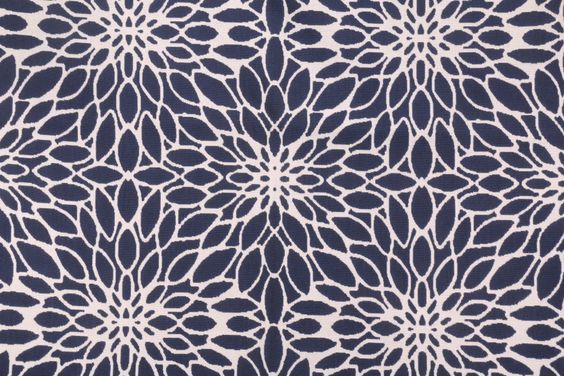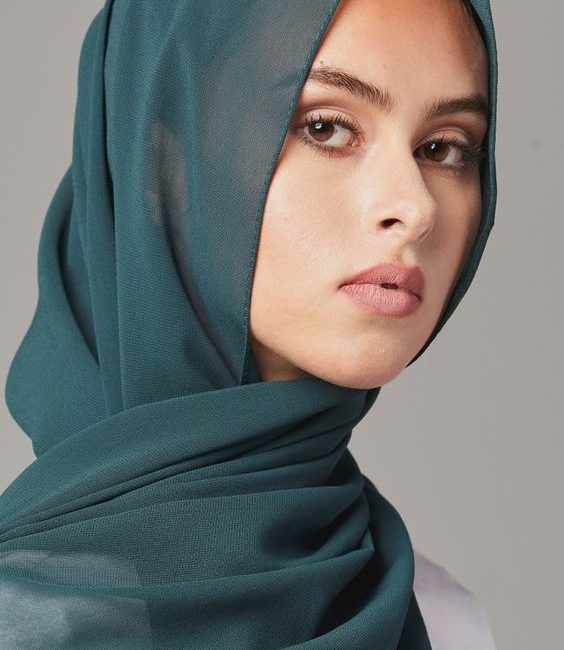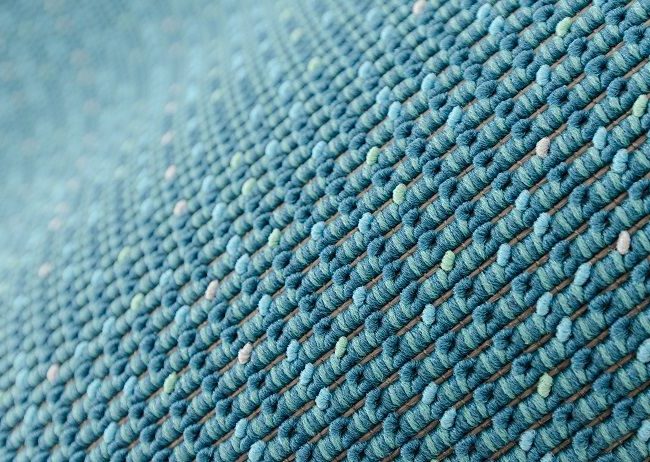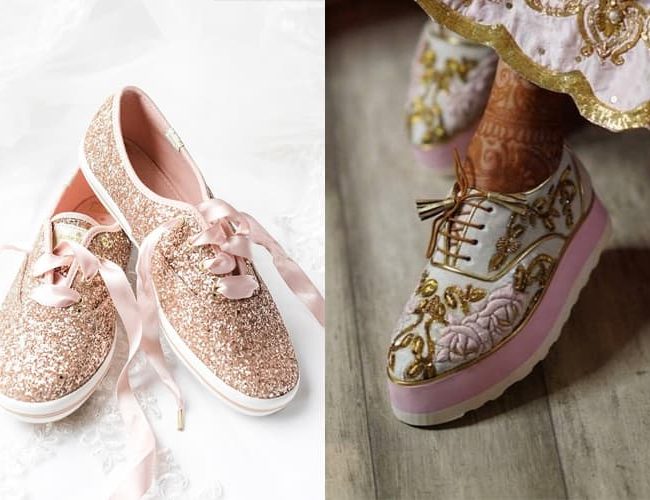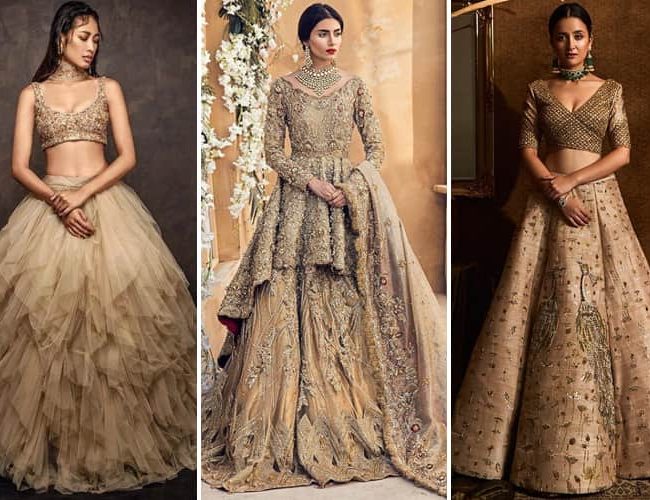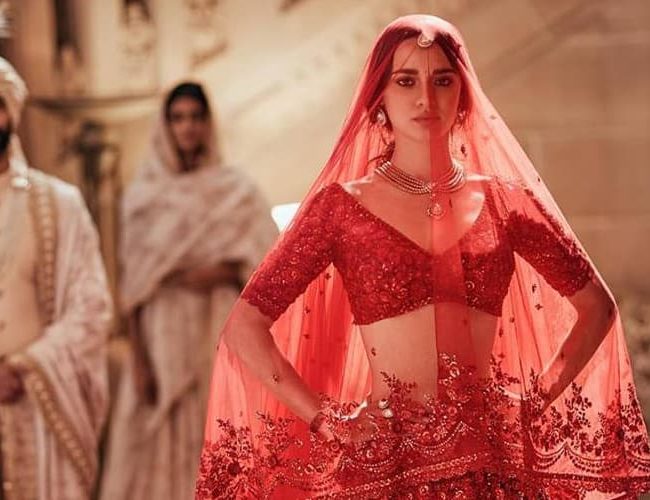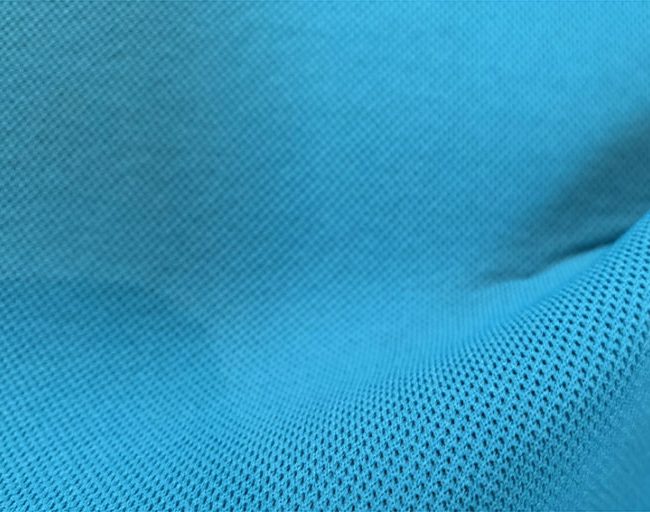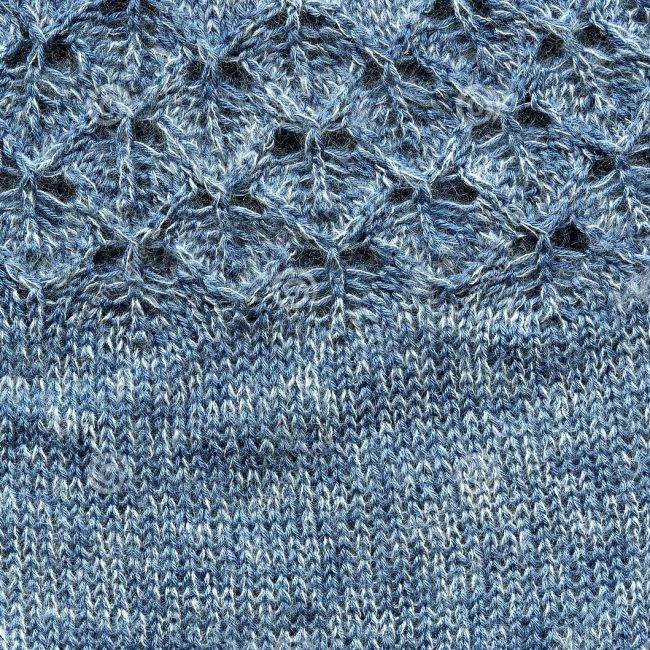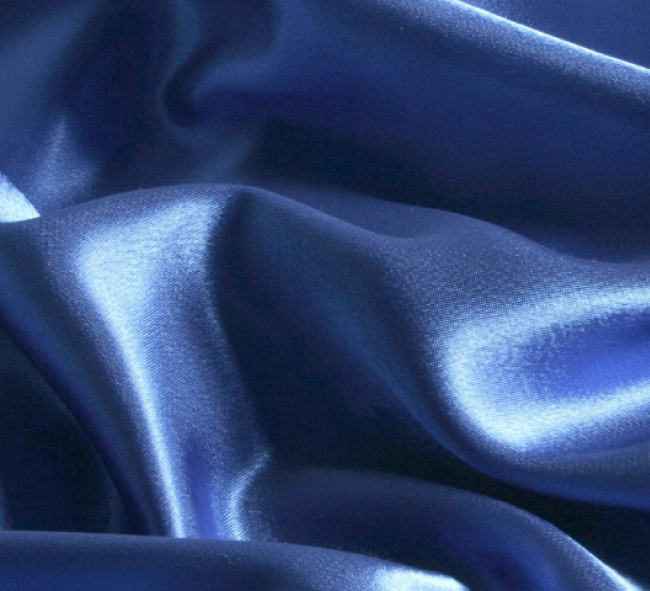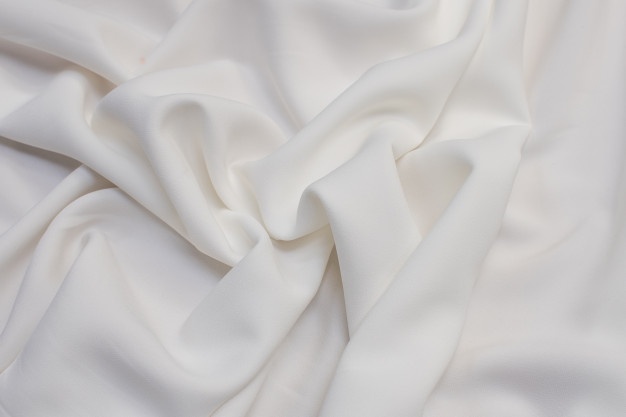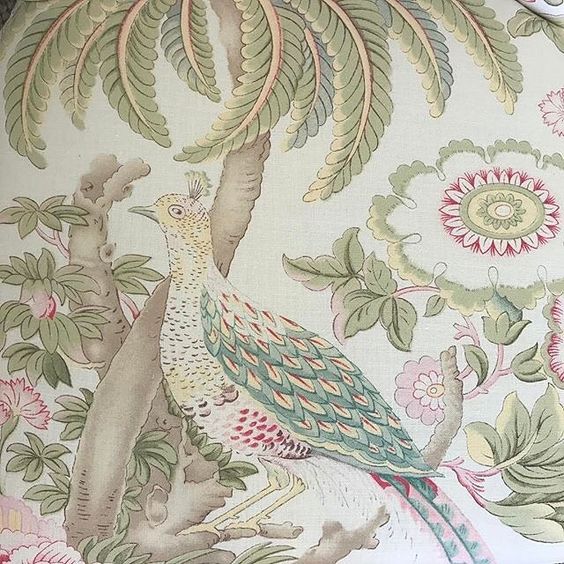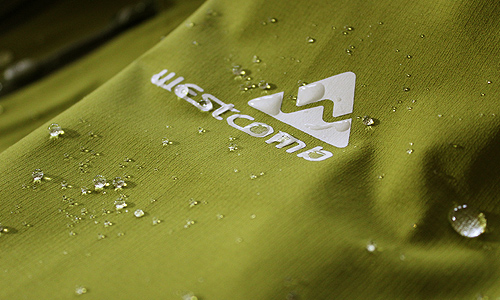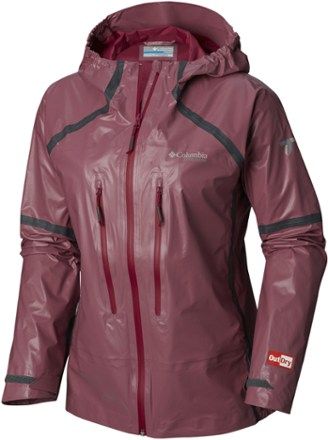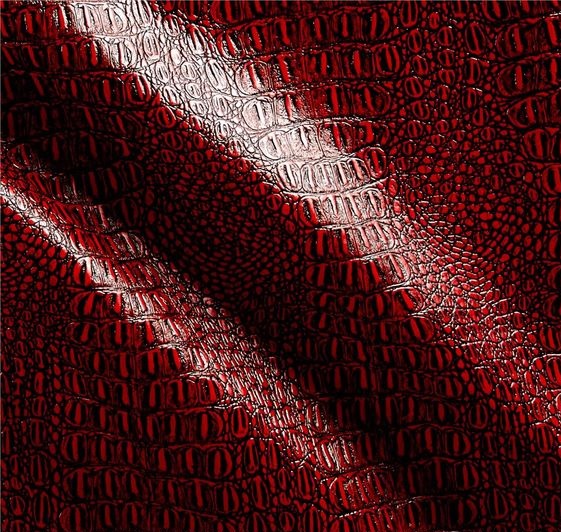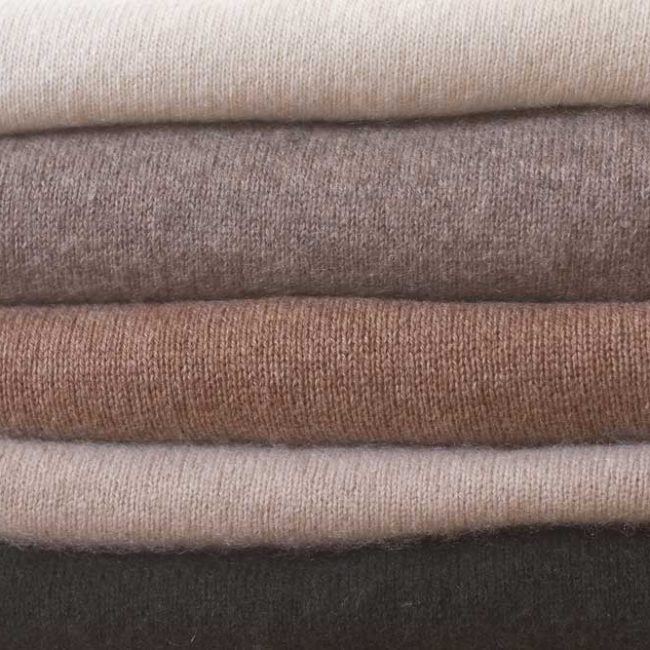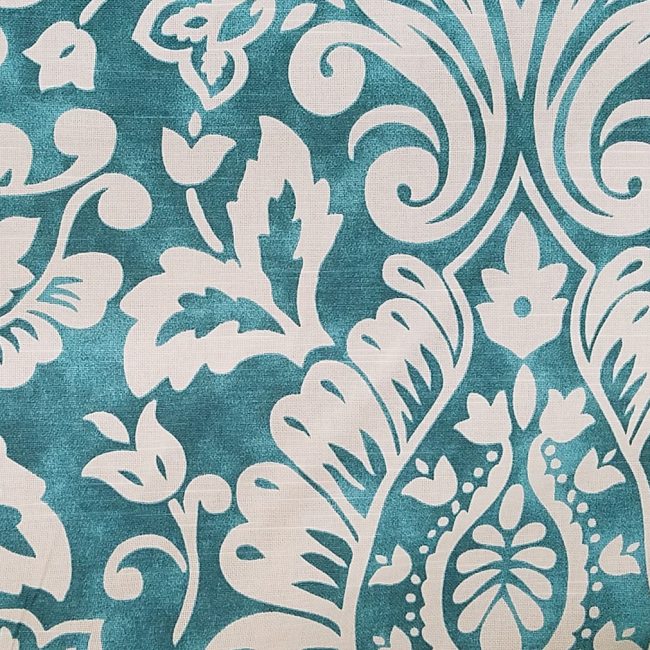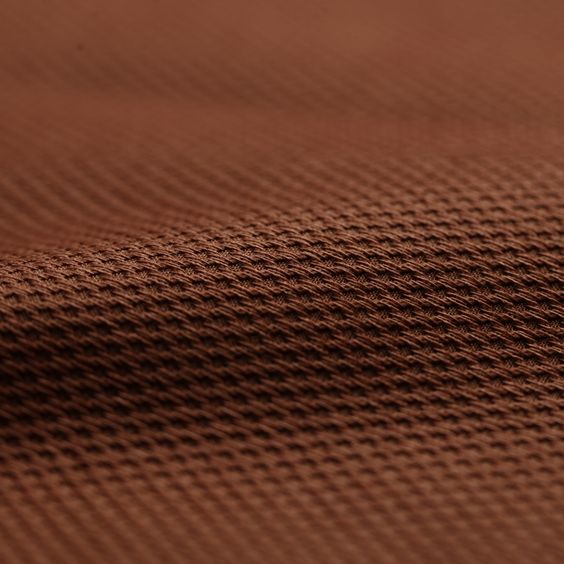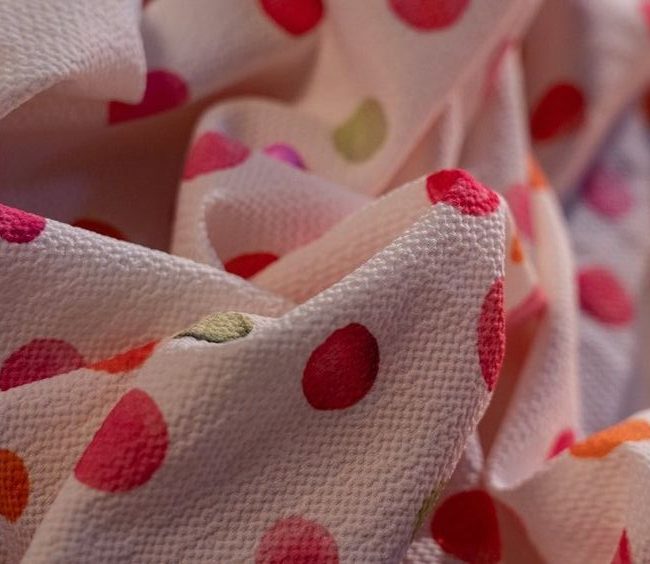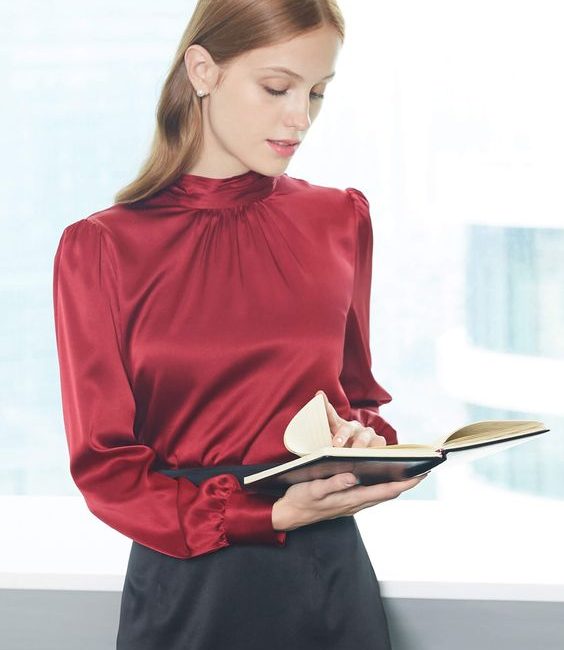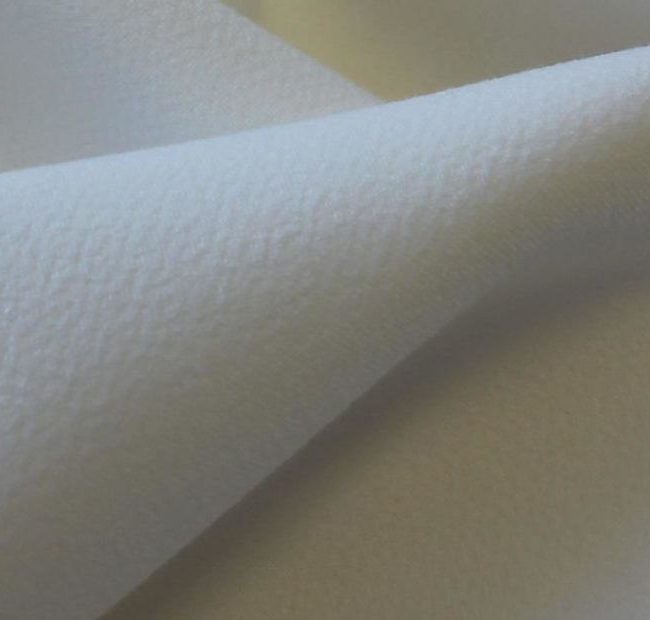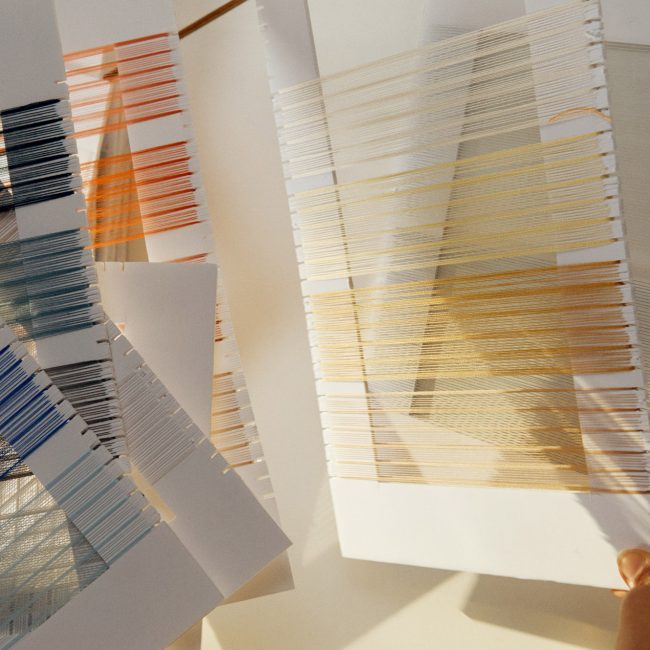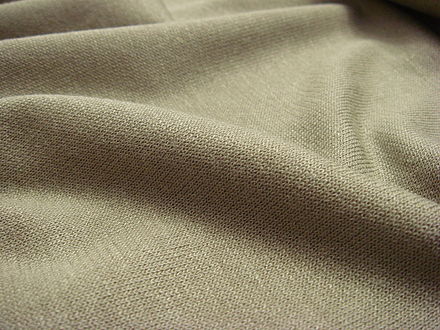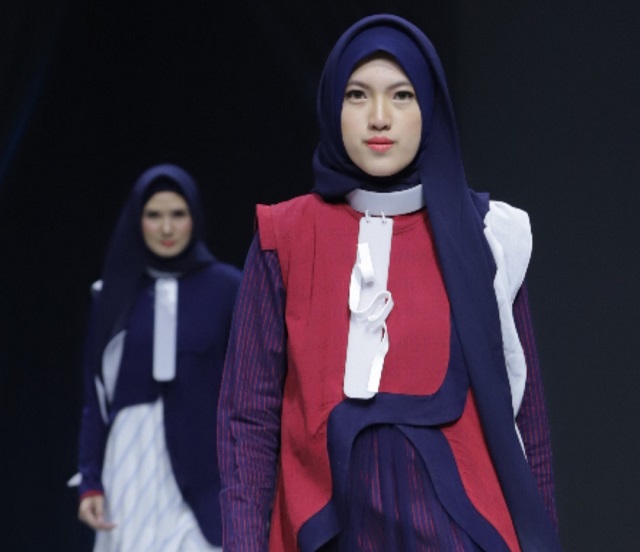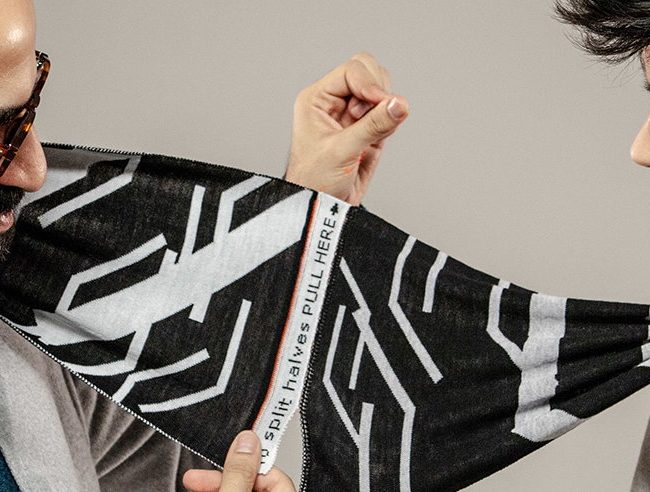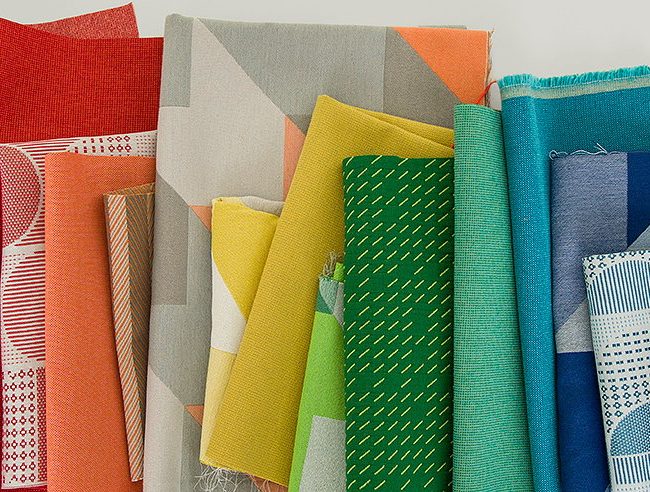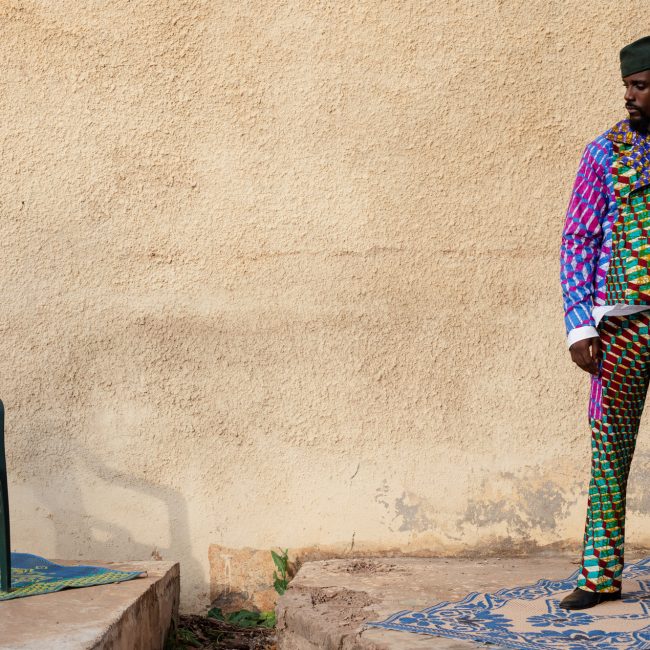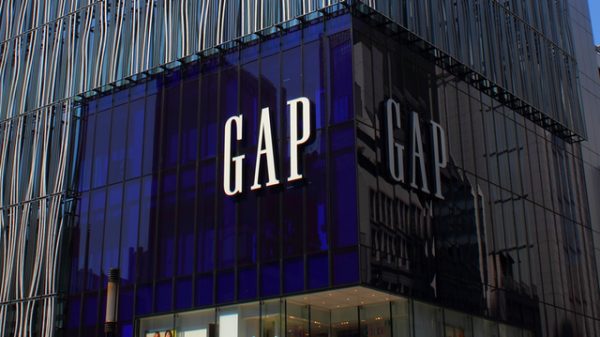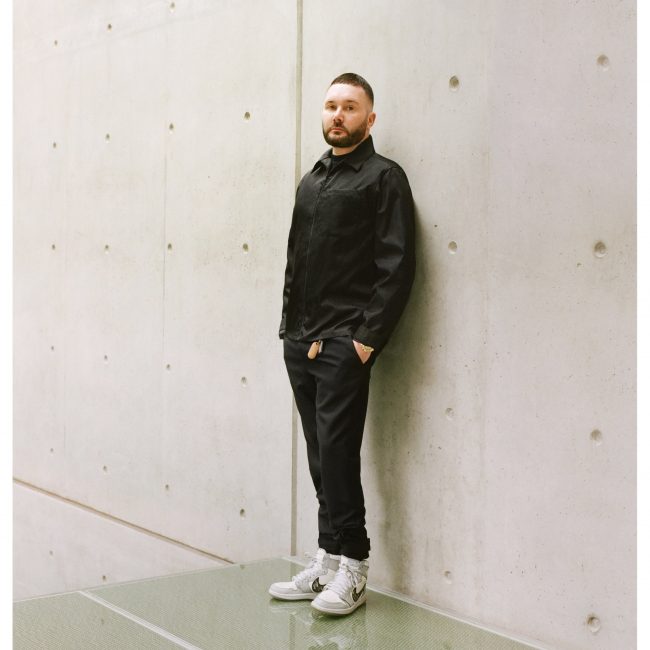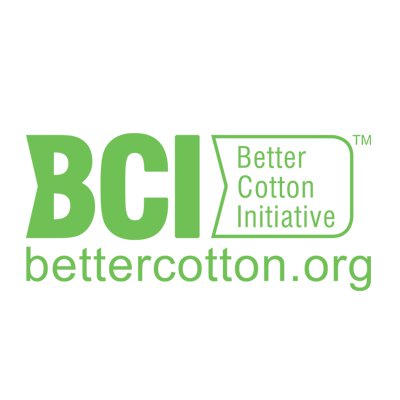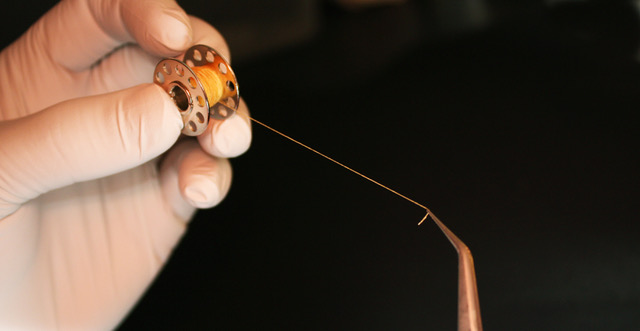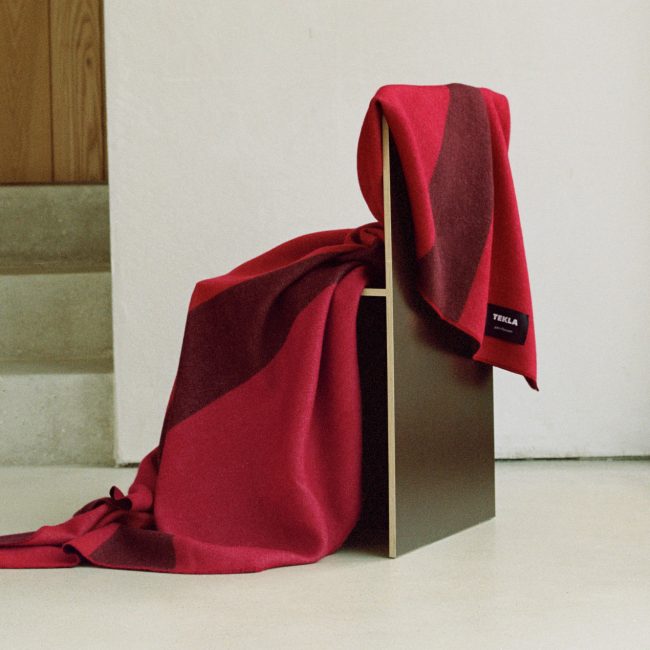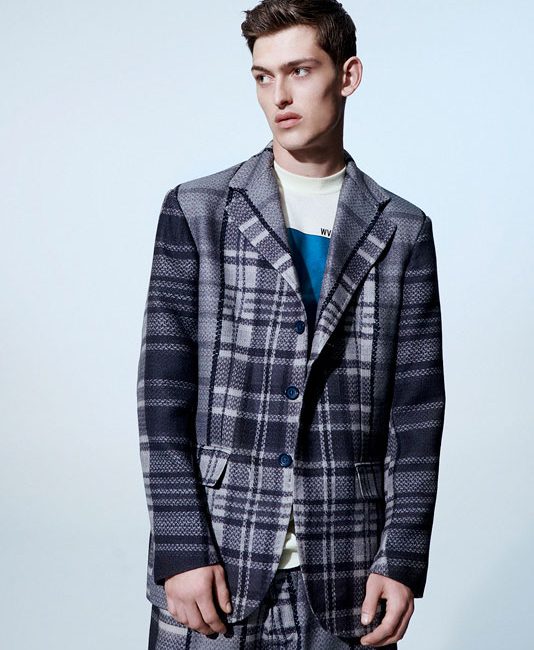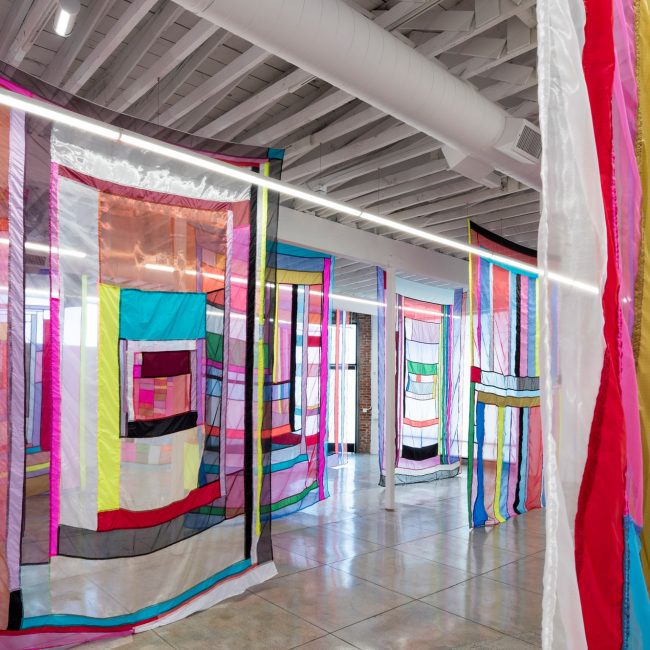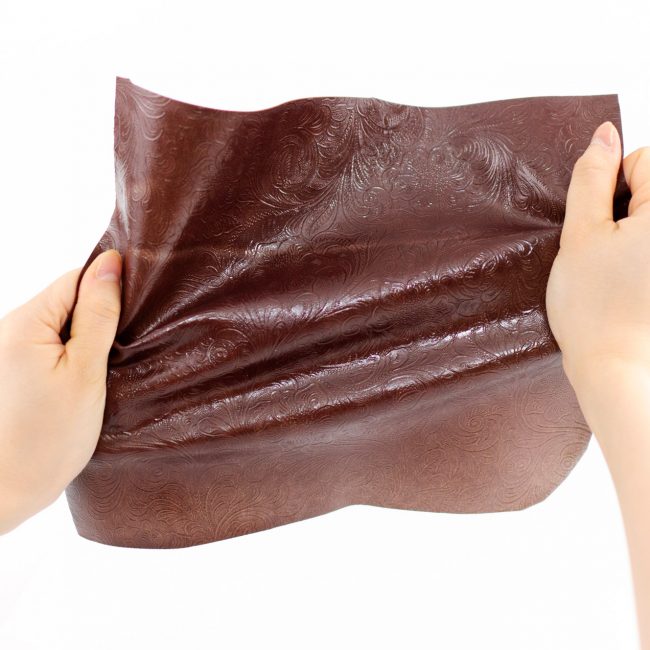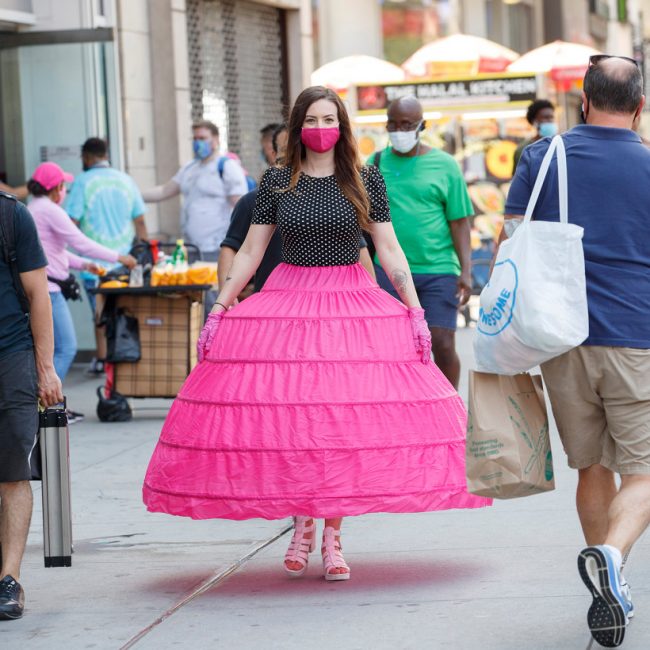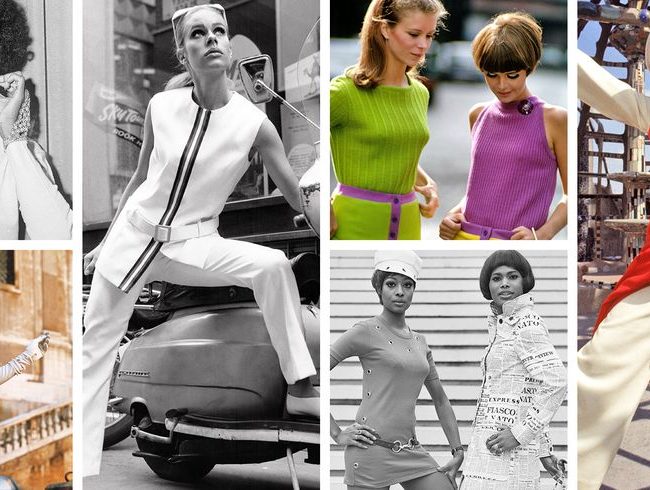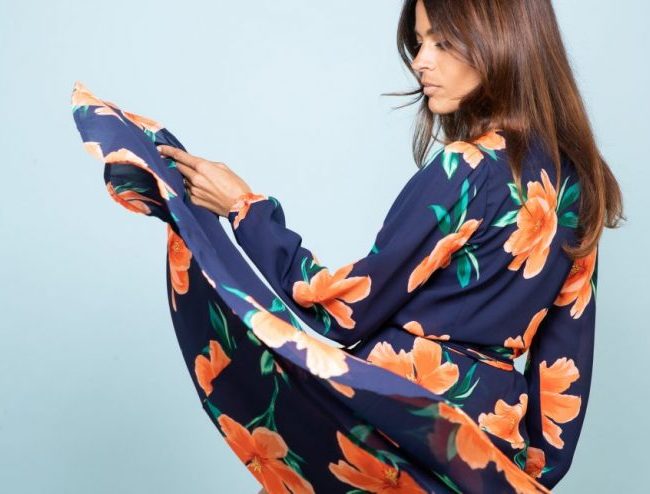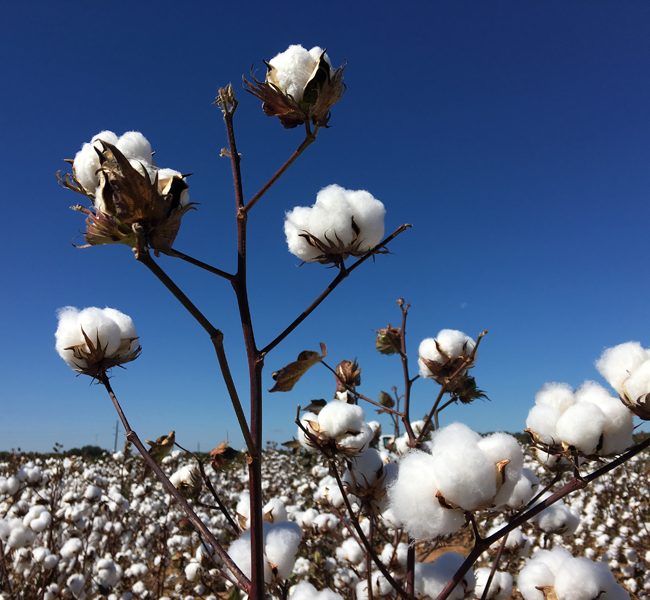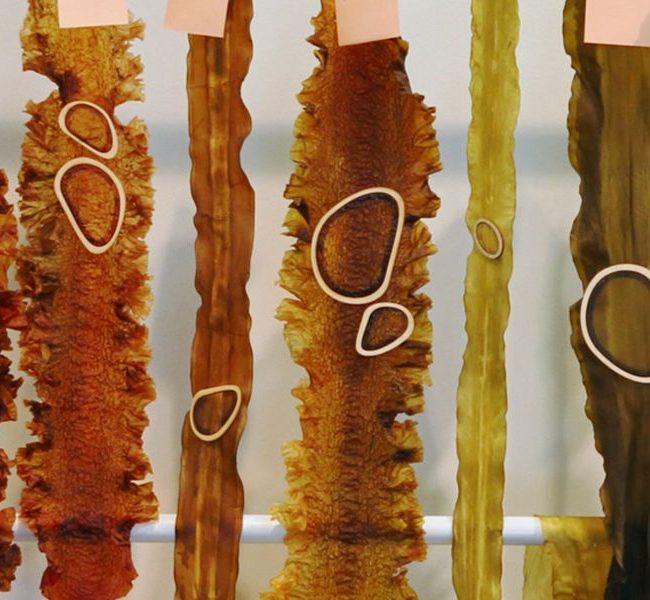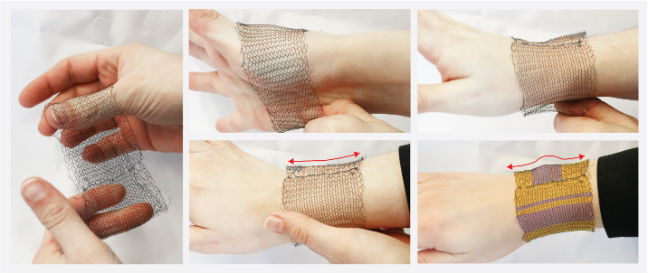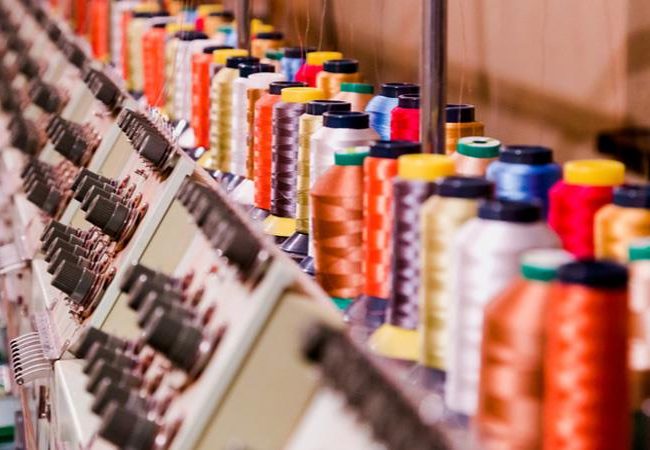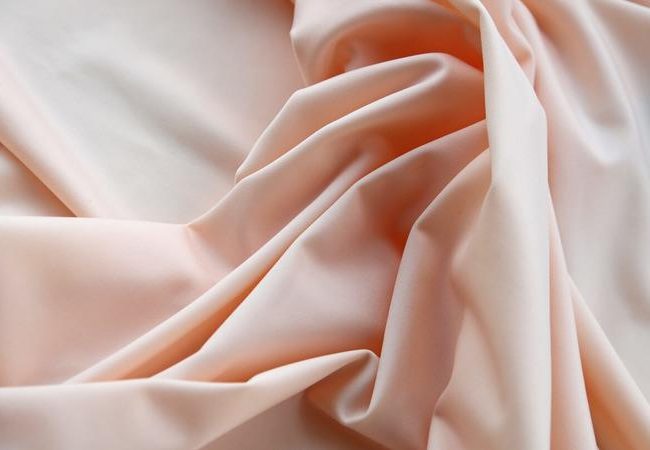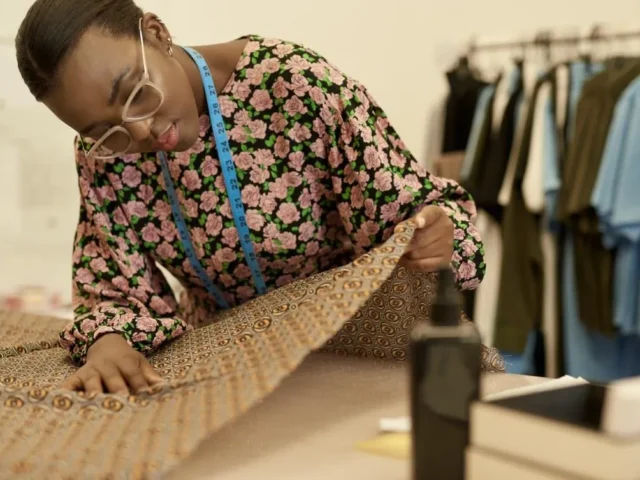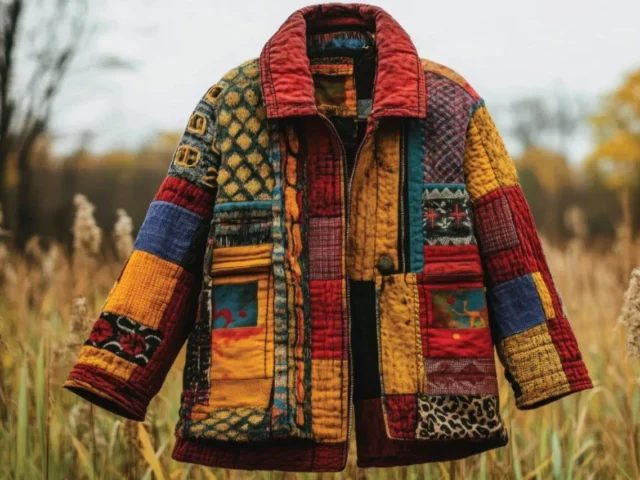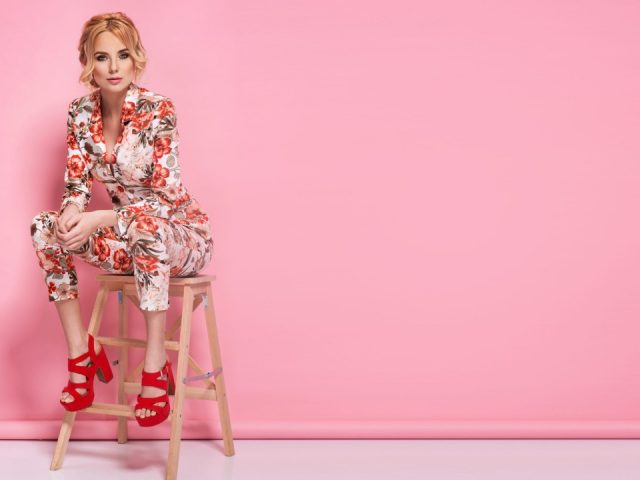Fashion Beyond Aesthetics: Eco-conscious Design
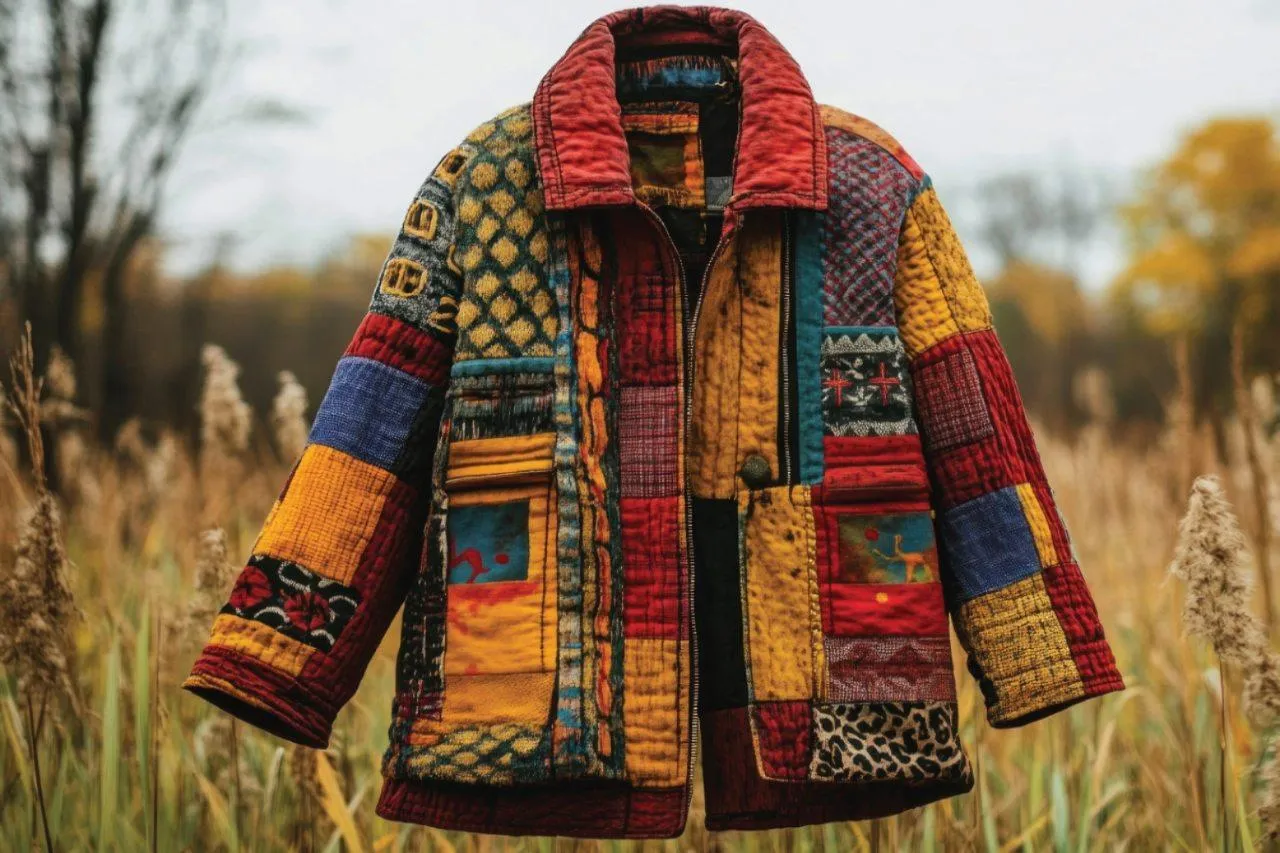
Fashion has long been a symbol of aesthetic expression—valued for its beauty, trends, and visual impact. However, as sustainability becomes a defining concern for both designers and consumers, the purpose of fashion is being fundamentally reimagined. No longer is it enough for garments to merely look good; they are now expected to do good as well.
Today’s conscious consumers seek clothing that aligns with their values—garments that are not only stylish but also functional, comfortable, durable, and ethically made. Whether it is a jacket that regulates temperature, a dress that adapts to different occasions, or materials that reduce environmental impact, the demand for designs that marry beauty with purpose is reshaping the industry. This shift is paving the way for a new era in fashion—one where function enhances form, and every design choice is an opportunity to support a more responsible future.
What is functional beauty in sustainable fashion?
Functional beauty in sustainable fashion refers to the harmonious blending of aesthetic appeal with purposeful, practical features—all within an environmentally responsible framework. It challenges the traditional notion that sustainable garments must sacrifice style for utility, instead proving that clothing can be both visually striking and intelligently designed to serve real-world needs.
This concept is brought to life through garments that offer added value beyond appearance. Think of convertible dresses that transform into multiple looks, breathable fabrics made from natural or recycled fibres that keep the wearer comfortable in varied climates, or jackets made with temperature-regulating materials that adapt to body heat. These pieces do more than make a statement—they support active, conscious lifestyles while minimising environmental impact.
By placing equal emphasis on how a garment looks and how it functions, designers are crafting collections that resonate with modern consumers who prioritise both beauty and purpose.
Sustainable materials that do more
Modern sustainable fashion is no longer limited to organic cotton or hemp. Today’s designers are embracing a new generation of innovative textiles that not only reduce environmental impact but also enhance the functionality and comfort of garments.
Recycled performance fabrics such as ECONYL (regenerated nylon from ocean and landfill waste) and SEAQUAL (made from upcycled marine plastic) offer durability, stretch, and water resistance—qualities ideal for activewear and outerwear. These materials prove that performance and sustainability can go hand in hand.
Bio-based and smart materials are also gaining traction. Mycelium leather, made from mushroom roots, mimics animal leather’s look and feel without the environmental cost. Banana fibre provides a strong yet breathable base for lightweight fabrics, while phase-change materials adapt to body temperature, offering thermal regulation in real time.
Textiles with thermoregulating, anti-bacterial, and odour-resistant properties—often infused with natural minerals or developed through advanced finishing techniques—further add value. They keep garments fresher for longer, reduce the need for frequent washing, and offer comfort in varying environments.
These materials do more than tick the sustainability box—they extend product lifespan, enhance wearability, and meet the practical demands of today’s conscious consumers, aligning beauty with function at every thread.
Design approaches: minimalism, modularity & multi-function
Function-driven sustainable fashion often begins with how a garment is designed. In this new paradigm, minimalism and modularity are not just stylistic choices—they are strategic tools that extend a garment’s versatility, reduce waste, and empower the wearer.
Multi-functional fashion is gaining ground, with pieces that serve more than one purpose. Reversible jackets, detachable sleeves, and adjustable silhouettes cater to diverse needs, body types, and settings. These garments seamlessly transition from work to leisure or adapt to changing weather and travel scenarios—making them ideal for a minimalist, conscious wardrobe.
At the heart of this shift are circular design principles. Timeless silhouettes, neutral palettes, and durable construction allow for long-term wear across seasons and trends. Designers are also embracing repairability— adding modular components that can be replaced or upgraded without discarding the entire garment.
By reducing reliance on excessive consumption and encouraging creative styling with fewer pieces, these approaches prove that functional beauty lies not in abundance, but in thoughtful design that balances form, utility, and sustainability.
Case studies: Brands getting it right
Several forward-thinking brands are setting the benchmark for combining functionality, aesthetic appeal, and sustainability—demonstrating that fashion can indeed serve multiple purposes without compromising on ethics or elegance.
Pangaia leads with a science-meets-style philosophy. Known for its functional basics, the brand integrates biodegradable materials, antibacterial finishes, and recycled fibres into minimalist designs. From temperature-regulating outerwear to T-shirts dyed with botanical pigments, Pangaia showcases how innovation can enhance both performance and sustainability.
Stella McCartney, a pioneer in ethical luxury, continually merges cutting-edge materials with refined design. The brand’s use of mycelium leather, organic cotton, and recycled synthetics aligns with its cruelty-free ethos, while still maintaining the high-end craftsmanship expected in luxury fashion. Her collections exemplify how technical innovation can elevate classic silhouettes.
Outlier and Veilance represent the utilitarian aesthetic, offering garments that are clean, durable, and technically advanced. Outlier’s urban-ready garments incorporate breathable, weatherproof fabrics, ideal for city mobility. Veilance, a sub-label of Arc’teryx, fuses minimalist design with technical precision, targeting those who value both understated elegance and high function.
In India and across Asia, designers are exploring climate-adapted fashion that respects local ecosystems and traditions. Labels like 11.11 / eleven eleven and Ka-Sha use natural dyes, handwoven textiles, and breathable silhouettes tailored to hot, humid climates. These practices not only honour cultural heritage but also address practical wearability in specific environmental contexts.
Together, these brands exemplify how functional beauty, driven by purpose and innovation, is reshaping the future of sustainable fashion.
Consumer psychology: Why function matters more today
The post-pandemic shift in consumer mindset has redefined fashion priorities. Today’s buyers are seeking more than trend-driven aesthetics—they want clothing that offers comfort, practicality and a sense of purpose. Remote work, health-conscious routines, and an increased focus on well-being have driven demand for garments that fit into more flexible, multi-dimensional lives.
Fashion is now expected to align with lifestyle values: minimalist wardrobes for those embracing simplicity, wrinkle-free travel wear for digital nomads, breathable and durable fabrics for urban commuters, and weather-adaptive gear for outdoor enthusiasts. Functional fashion, once a niche, is becoming a necessity in these evolving routines.
This shift has also fuelled the rise of slow fashion and mindful consumption. Consumers are buying less, but with greater intention—seeking pieces that last longer, serve multiple uses, and reflect sustainable values. In this landscape, function is not a trade-off for style—it is a vital part of what makes a garment worth owning.
Challenges & trade-offs
While the fusion of functionality and sustainability in fashion is promising, it comes with a unique set of challenges. One of the key hurdles is striking a balance between technical performance, eco-credentials, and aesthetic appeal. High-function fabrics—such as thermoregulating or water-repellent materials—often rely on processes or treatments that are not always fully sustainable. Ensuring garments are beautiful, high-performing, and environmentally responsible requires constant innovation and careful material sourcing.
Cost and supply chain complexity also present significant barriers. Advanced textiles and responsible manufacturing methods tend to be more expensive, making it harder for smaller brands to adopt these solutions without raising prices. Furthermore, supply chains must adapt to handle new materials, technologies, and compliance requirements, often requiring collaborations across disciplines.
Consumer and designer education is crucial. For consumers, understanding why a garment costs more and how it functions differently is essential to justify the investment. For designers, there is a need for upskilling—learning how to incorporate functionality without compromising on design aesthetics or sustainability.
Ultimately, material innovation will be key to overcoming these trade-offs. Scalable, affordable, and planet-friendly materials that can meet both design and performance demands are essential for making functional, beautiful, and eco-conscious fashion accessible to all.
The road ahead: Design thinking for a conscious future
The future of fashion lies at the intersection of creativity, functionality, and responsibility. As the industry evolves, there is a growing opportunity for interdisciplinary collaboration—where fashion teams up with science, material innovation, and technology to create garments that are not only expressive, but also intelligent and purposeful. Whether through wearable technology, responsive textiles, or AI-driven design tools, the fusion of disciplines is unlocking a new era of fashion thinking.
Designers are now called upon to embrace functionality as a form of storytelling—not just embellishing garments for visual appeal, but imbuing them with meaning, purpose, and utility. From temperature-regulating jackets to adjustable, multi-style dresses, every functional detail can tell a story about sustainability, craftsmanship, or human-centred innovation.
In this new paradigm, wardrobe staples are being redefined as purpose-driven essentials—garments that are timeless, adaptable, and suited to a conscious lifestyle. As consumers seek more value, less waste, and deeper connections to what they wear, design thinking must prioritise longevity, adaptability, and impact. Fashion’s future is not just about looking good but living well.
Conclusion
Fashion that looks good and does good is no longer a niche—it is rapidly becoming the industry standard. As consumers grow more conscious and design innovation accelerates, the demand for garments that blend style, sustainability, and functionality continues to rise.
Functional beauty in sustainable fashion is not a compromise—it represents a powerful elevation of both values and aesthetics. It challenges outdated norms, invites cross-disciplinary creativity, and redefines what makes fashion meaningful. In this future-facing approach, every stitch serves a purpose, and every design choice is an opportunity to create impact—both on the body and the planet.
